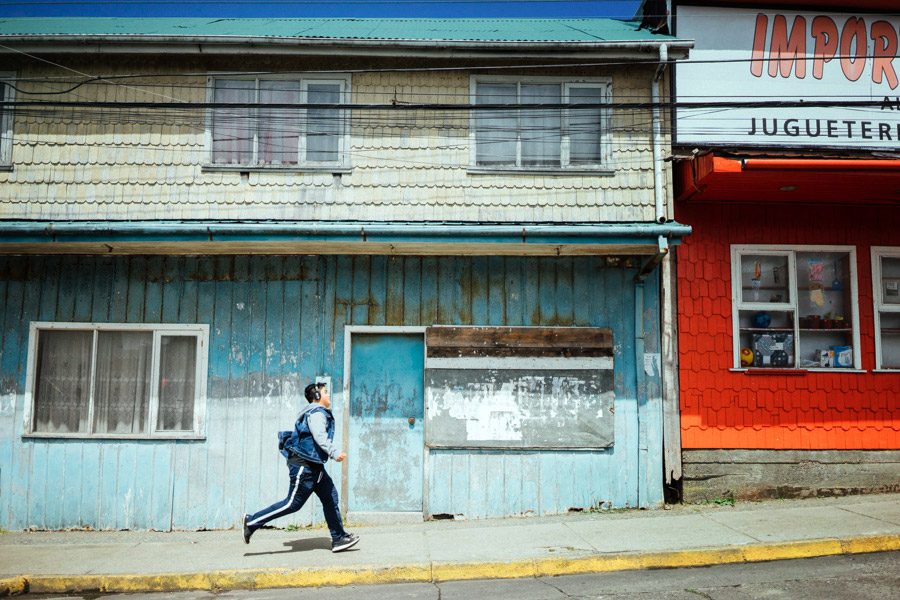Y La Bamba - Ojo Del Sol
Together with Tonya we make our way back to Chile on another Andes bus crossing. After a night in Puerto Montt, we rent a car and hop on a ferry to explore the island of Chiloé, its ceviches, churches, and beautiful rolling hills. We have no real plan except to follow the chain of wooden UNESCO iglesias. The dirt roads of Chile bring us to impossible places - places we settle and stay silent (sometimes), meditate, do yoga, get attacked by bees, eat pasta, and drink.
Chiloé is a recluse isle of farmers, fishermen, and new tourism. Small wooden boats, houses on pilotes, and a few roaming dogs. The icy winds remind us we’re now in Patagonia. It’s a colorful road trip of friendship, long talks, shared music, and hope for the next bottle of wine. But our time is short. After a spontaneous drive north to Puerto Varas for a night, we are back in Puerto Montt to say goodbye to Tonya and prepare to board a four-day boat ride through the Patagonian channels and fjords.


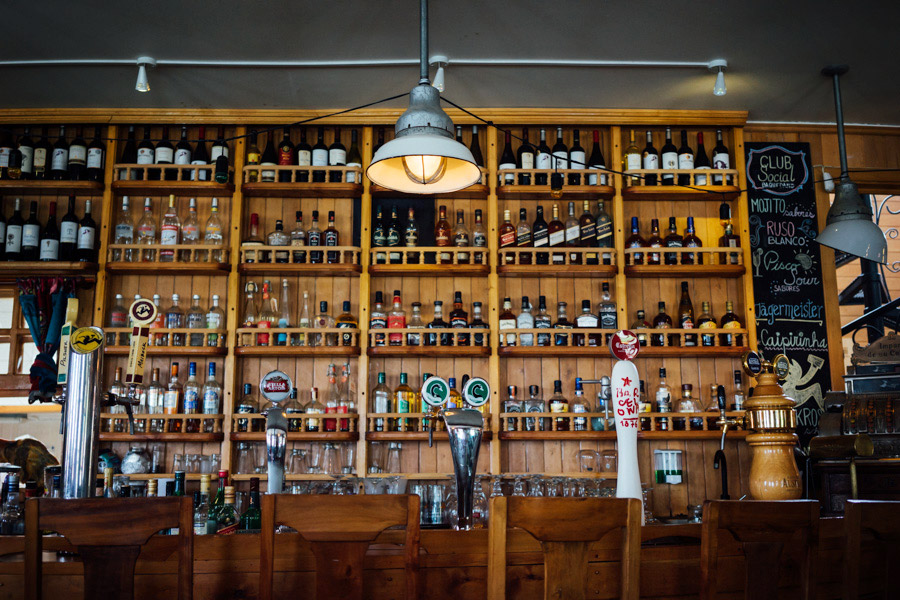
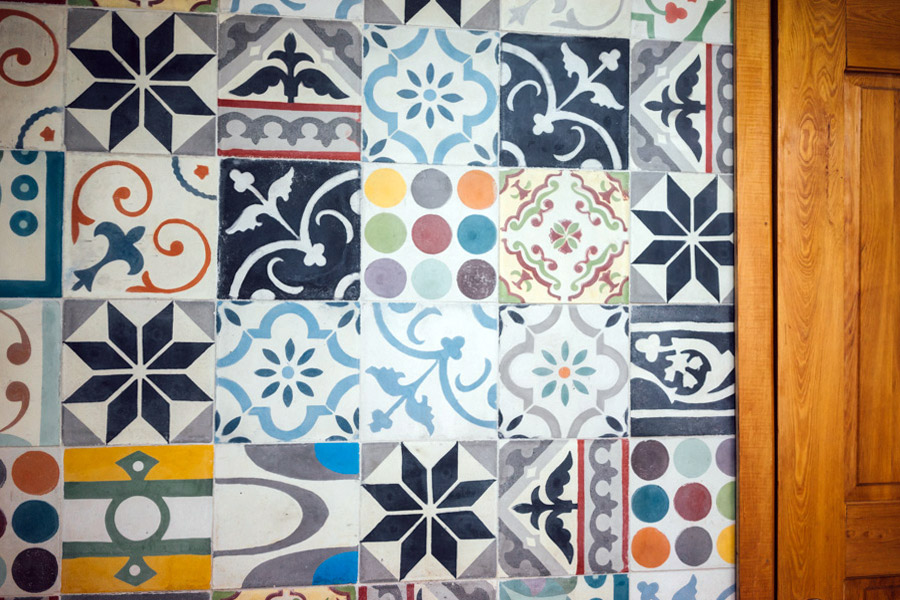
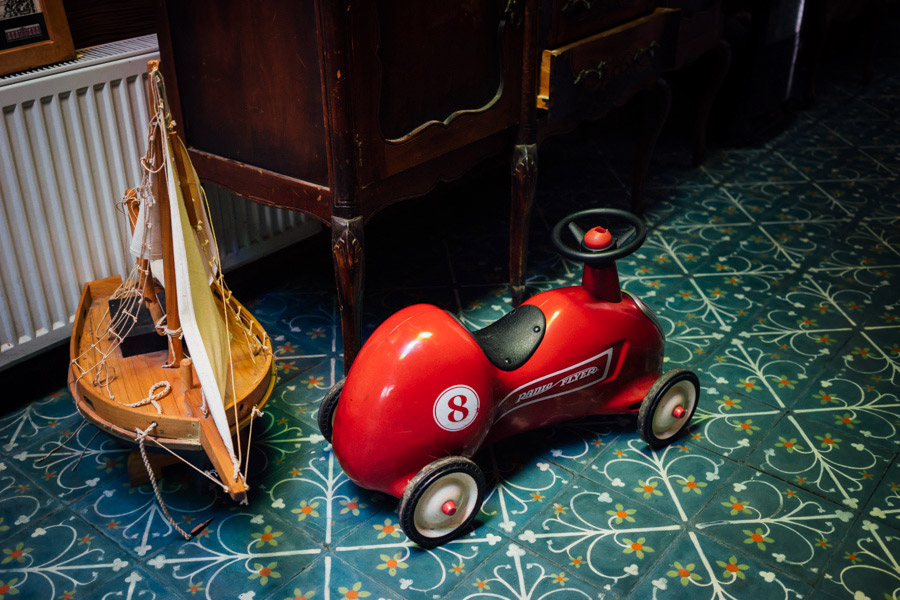
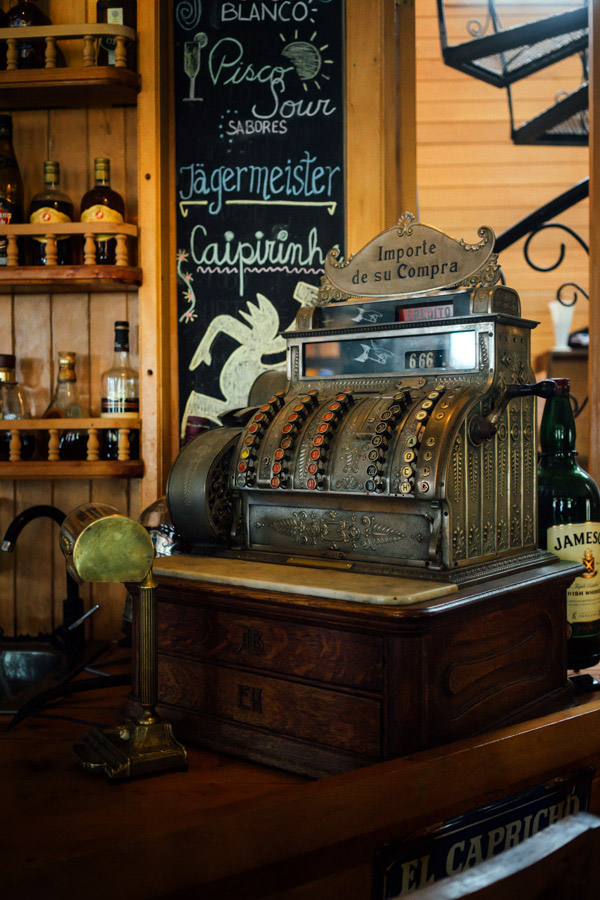


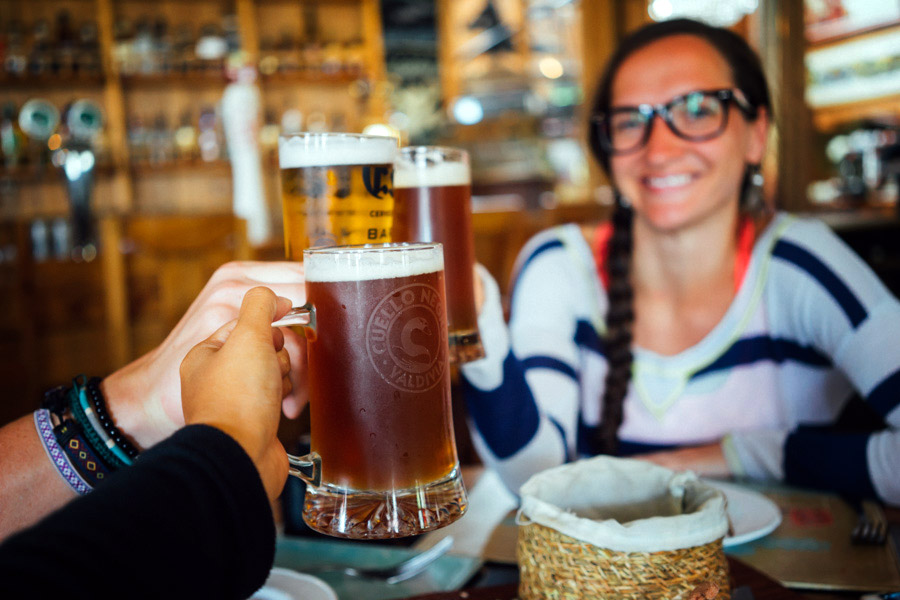
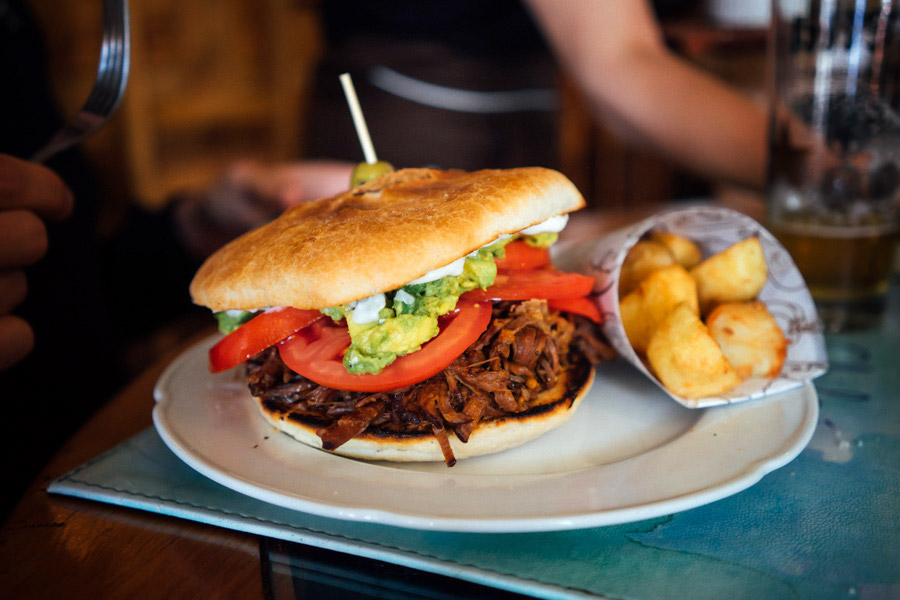

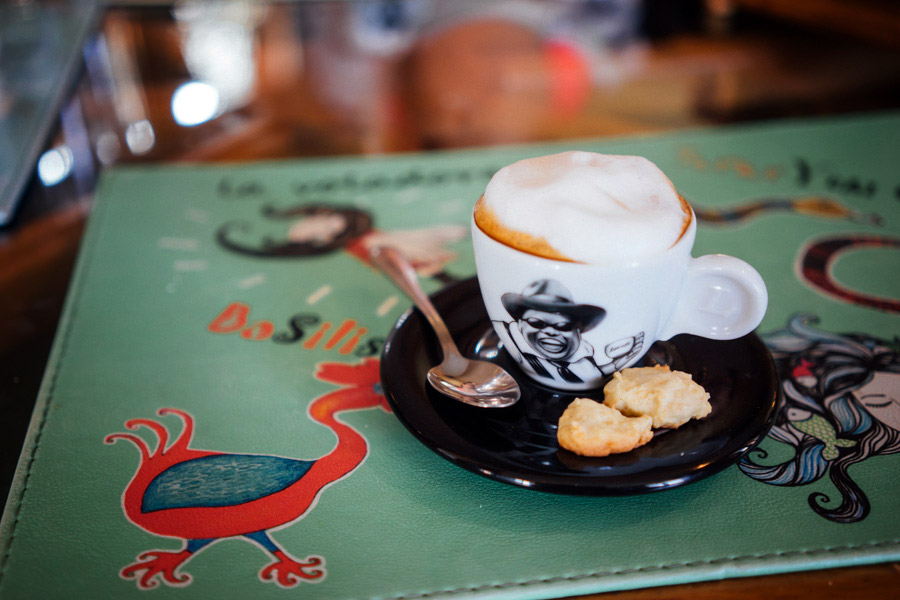
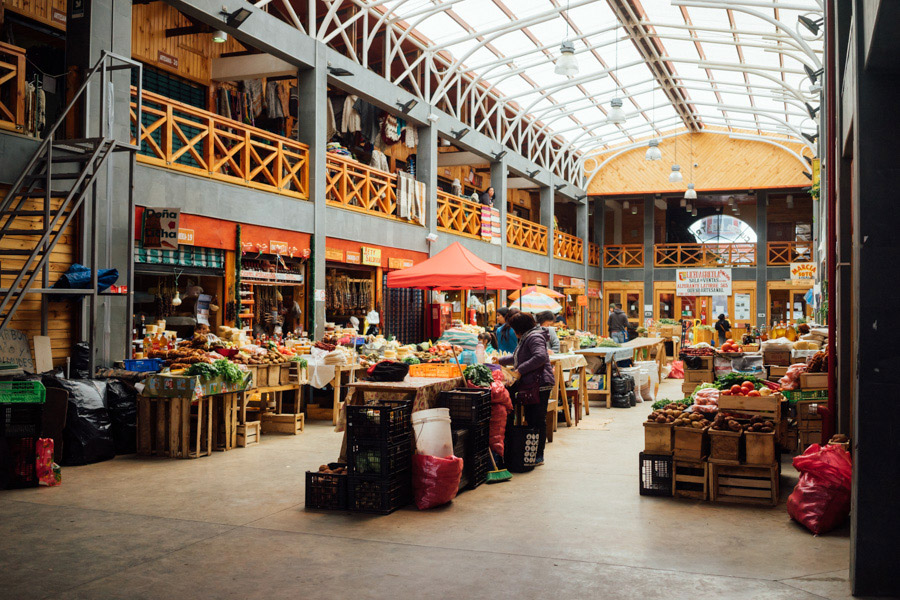

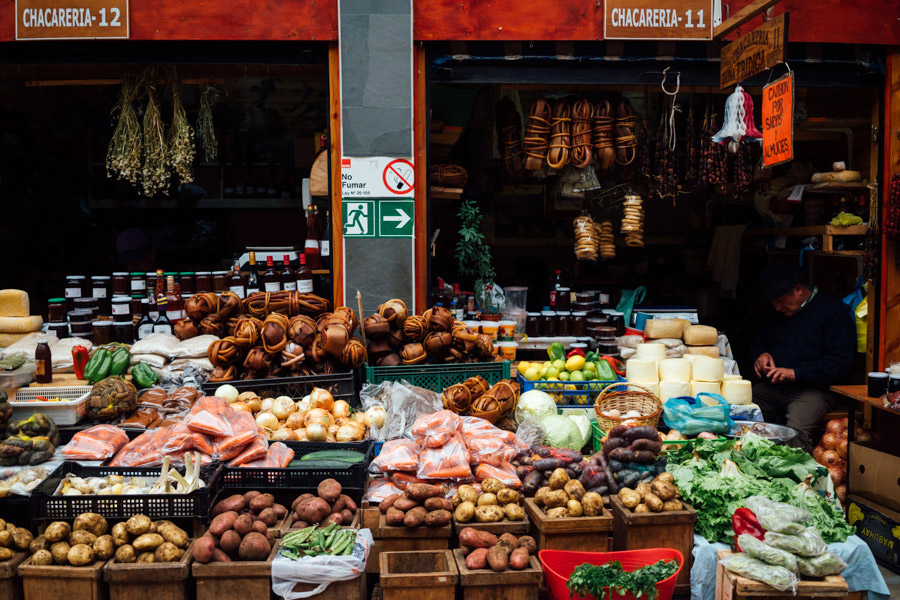
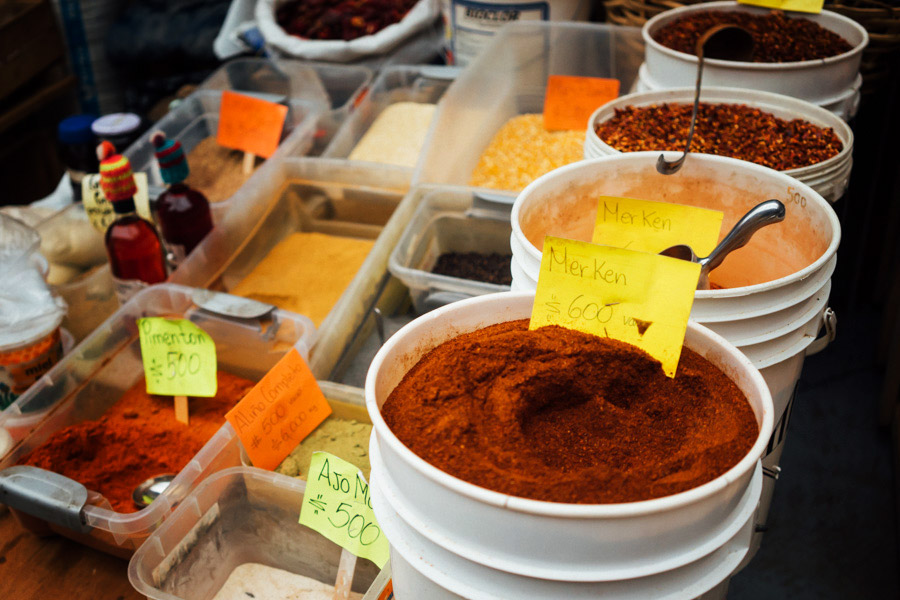
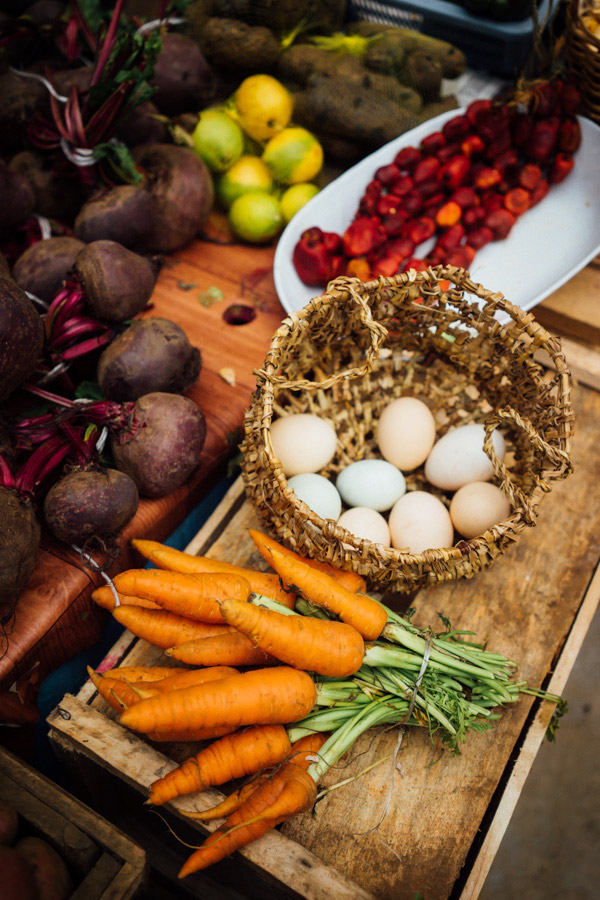

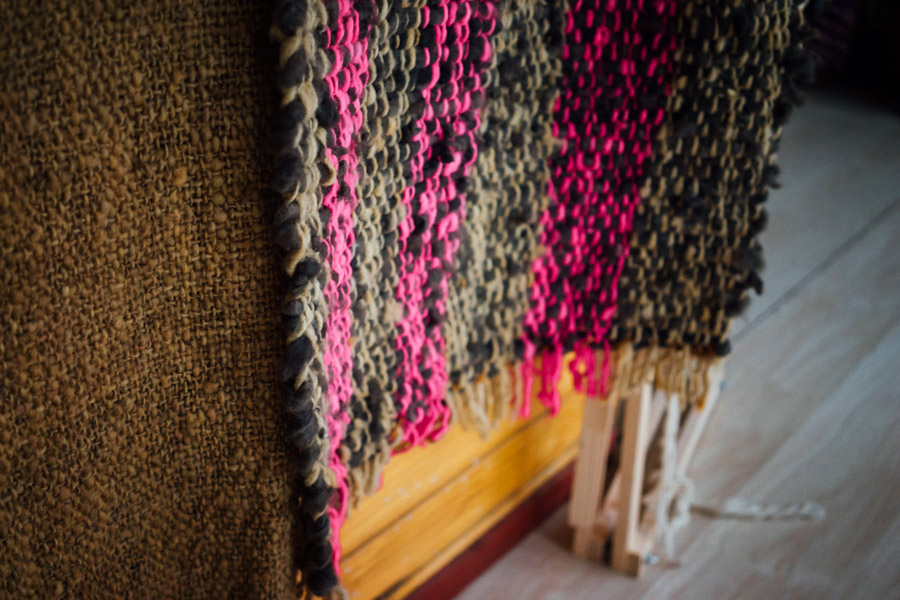

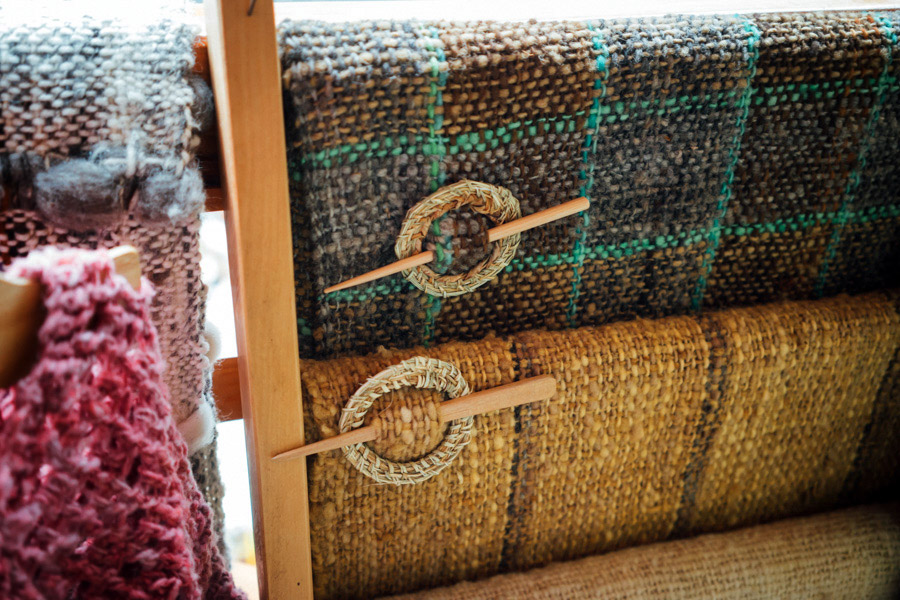

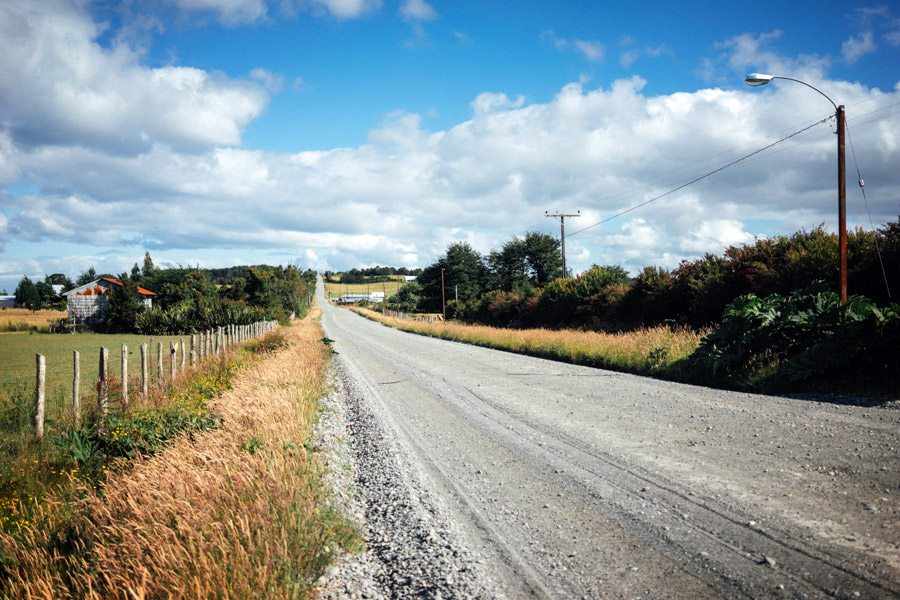
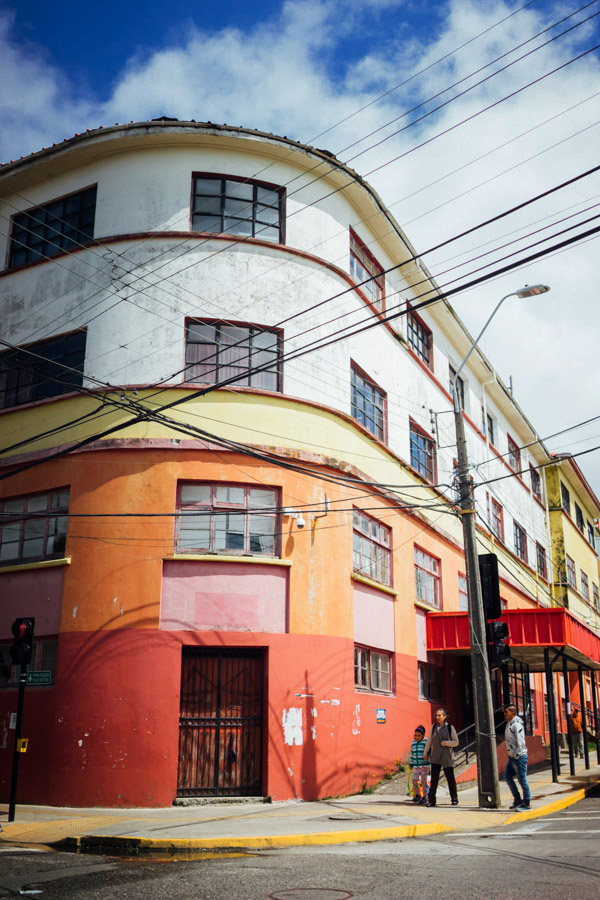
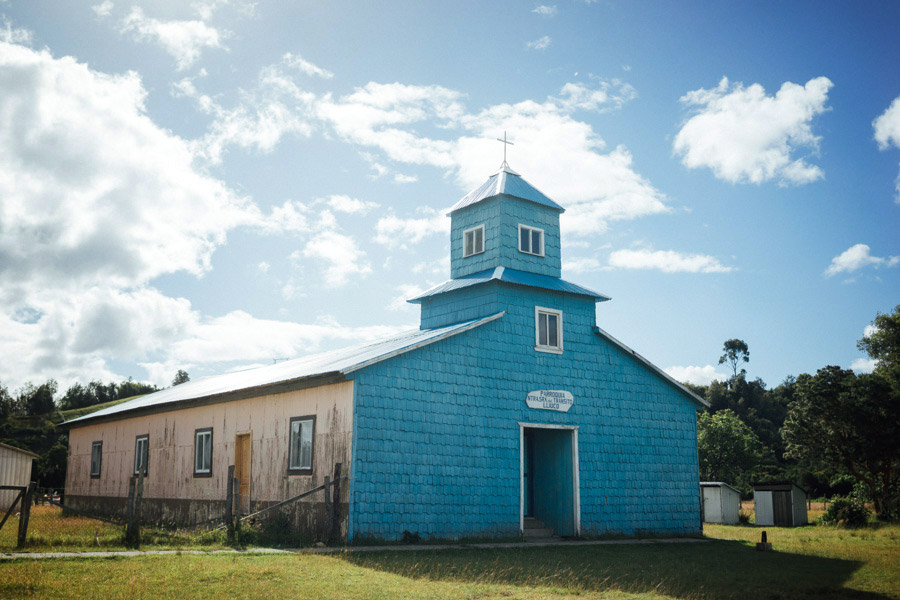
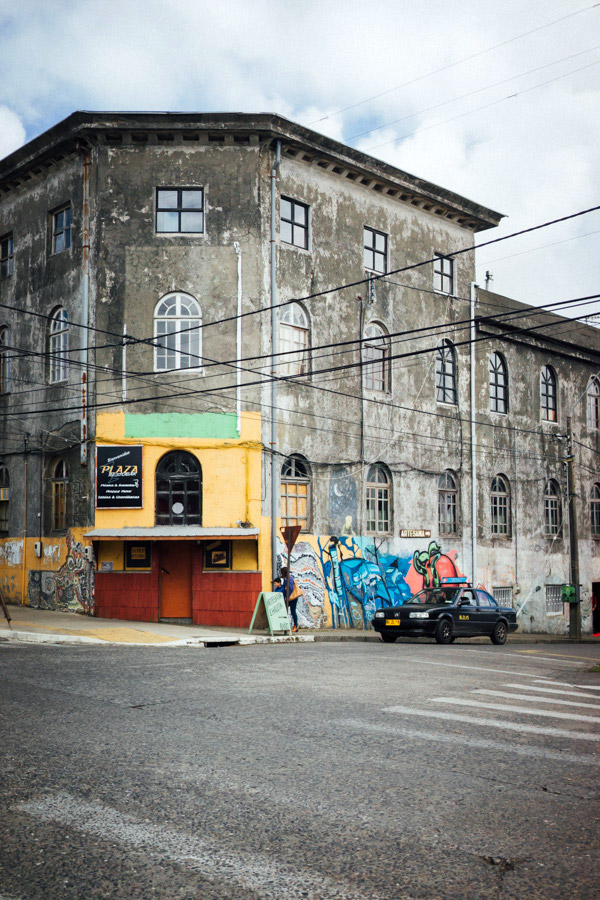
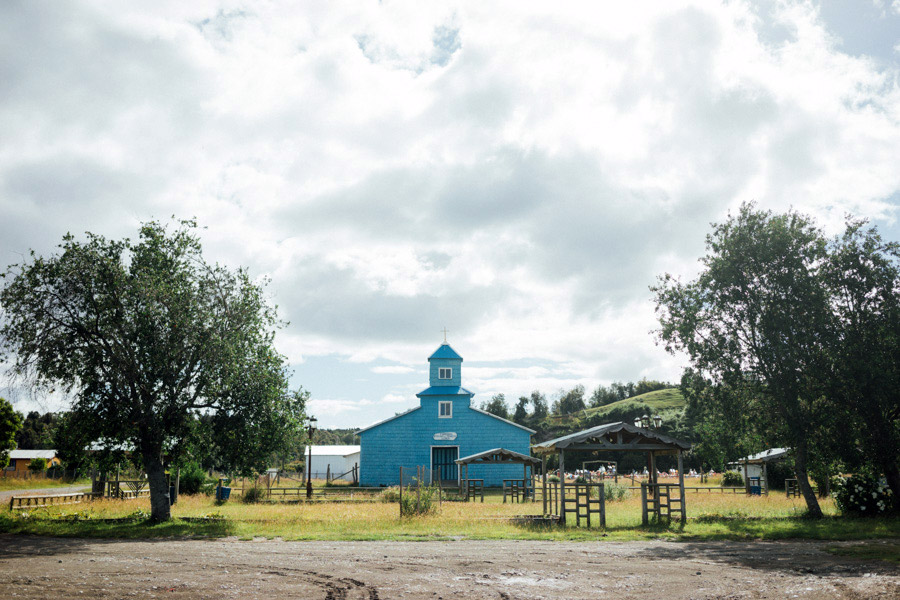
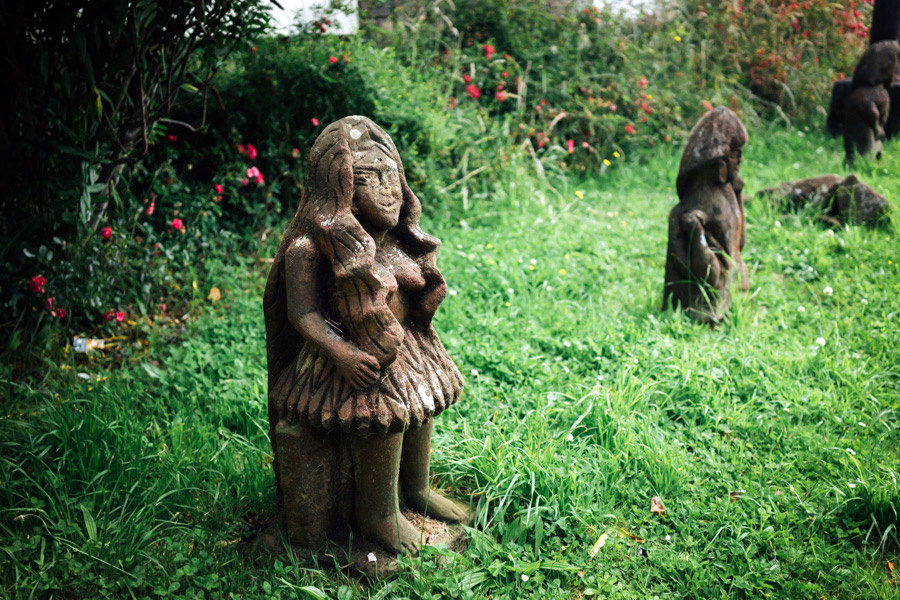
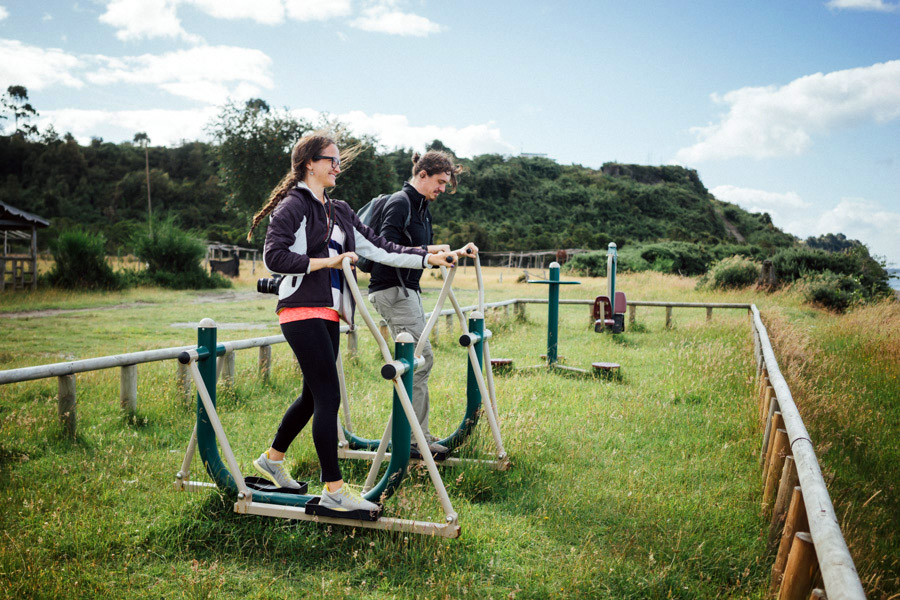
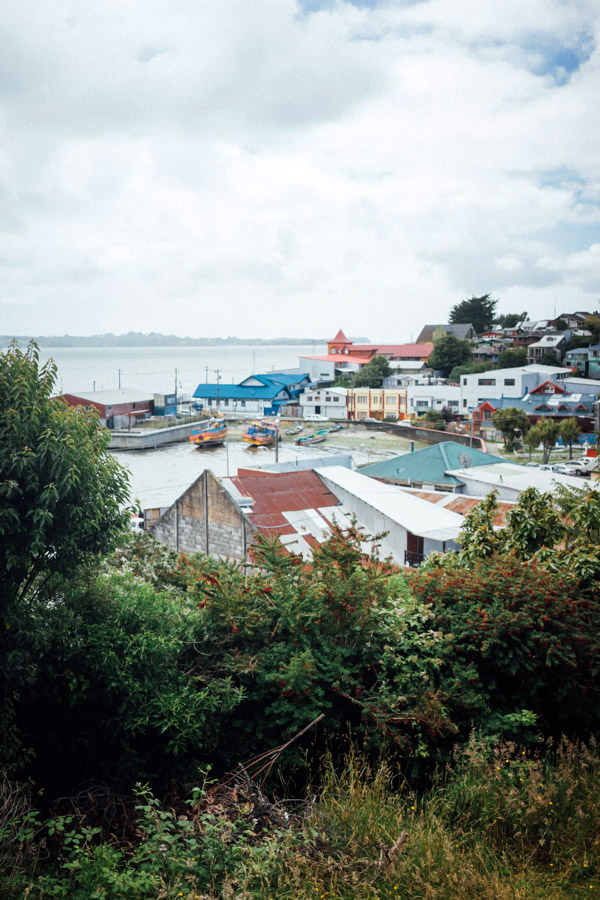

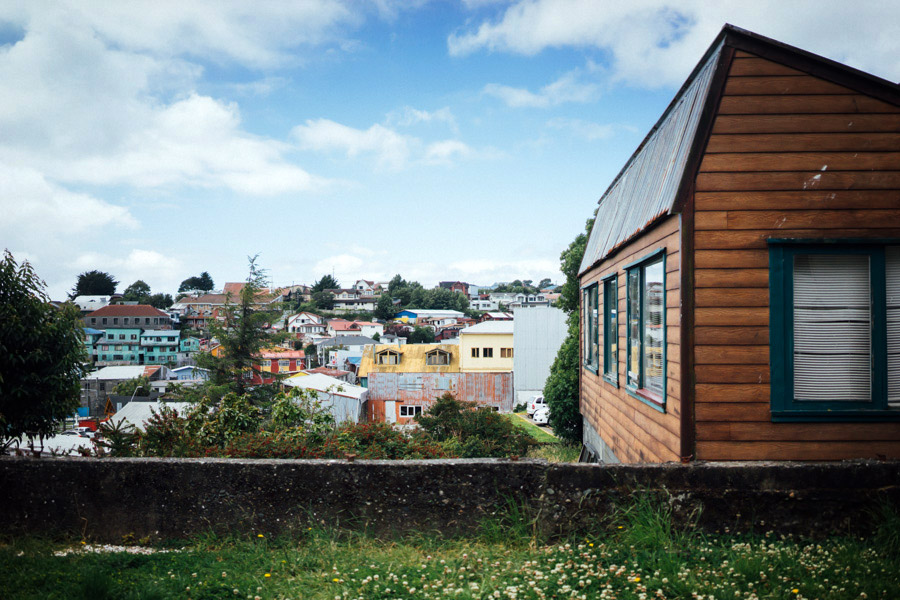
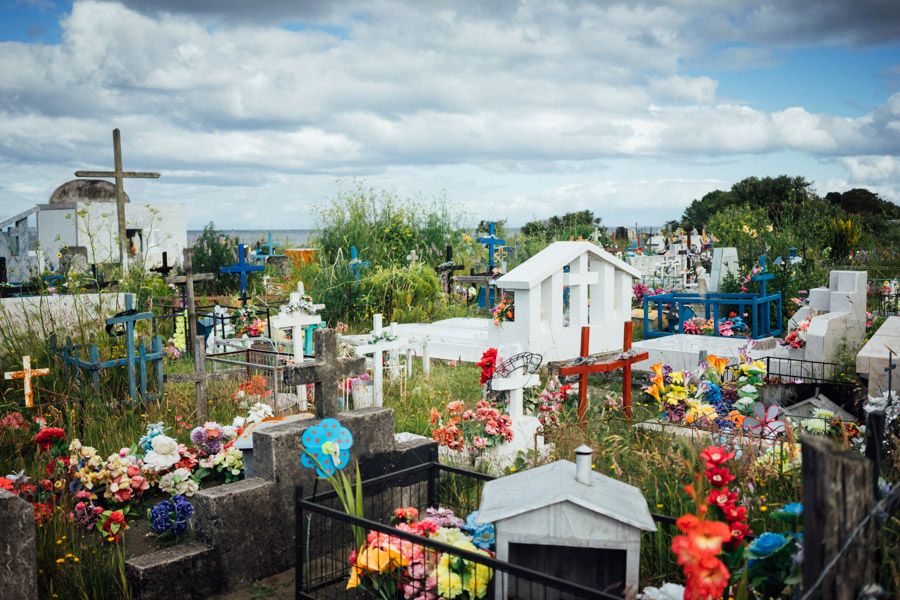
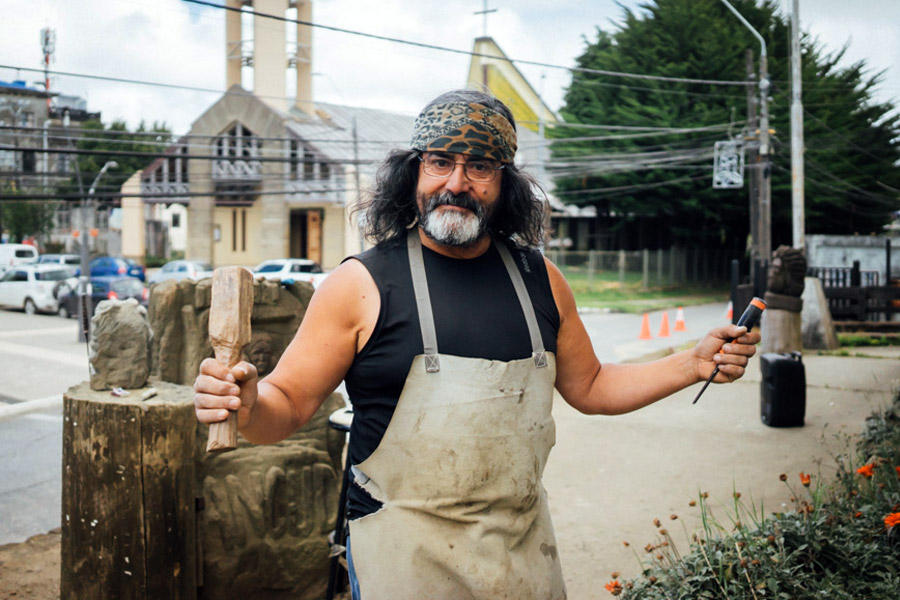
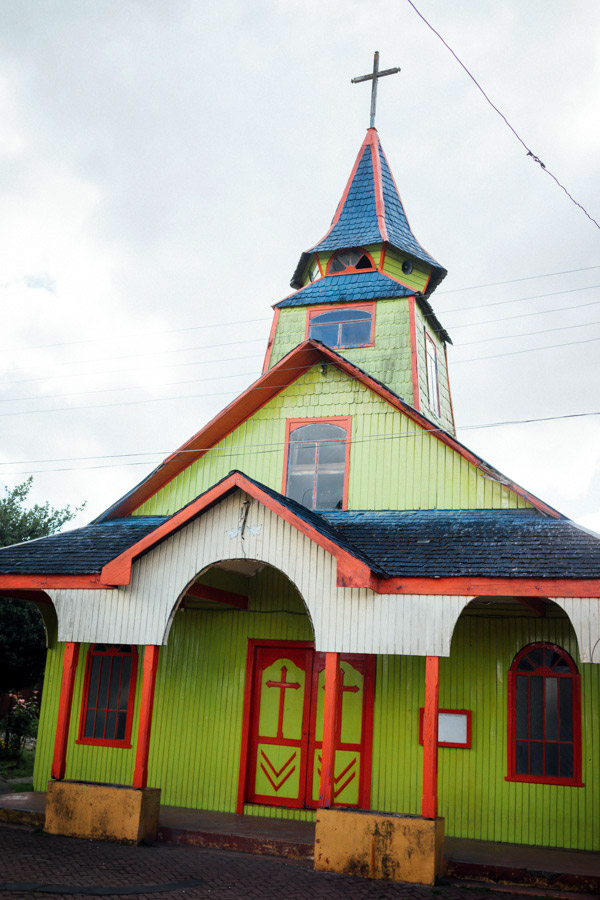

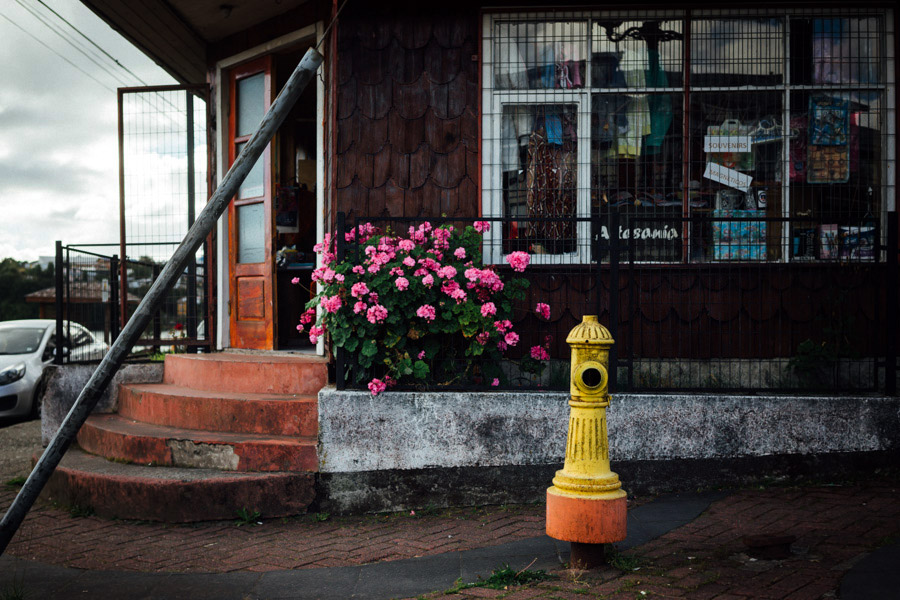

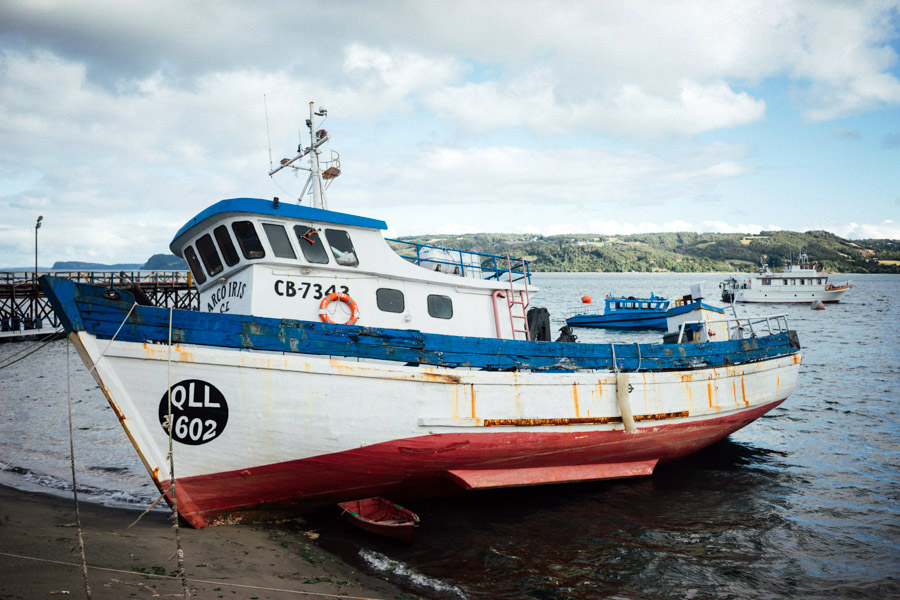

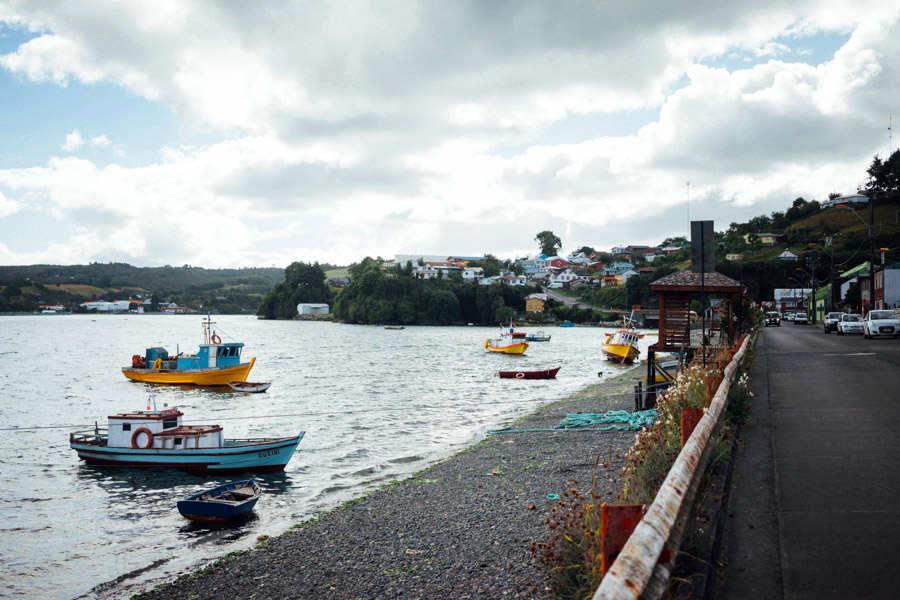


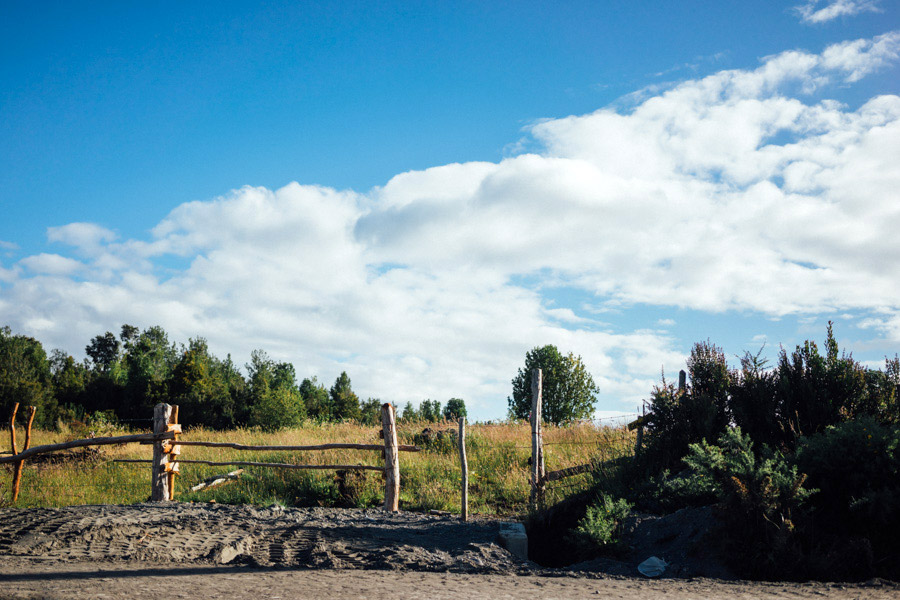
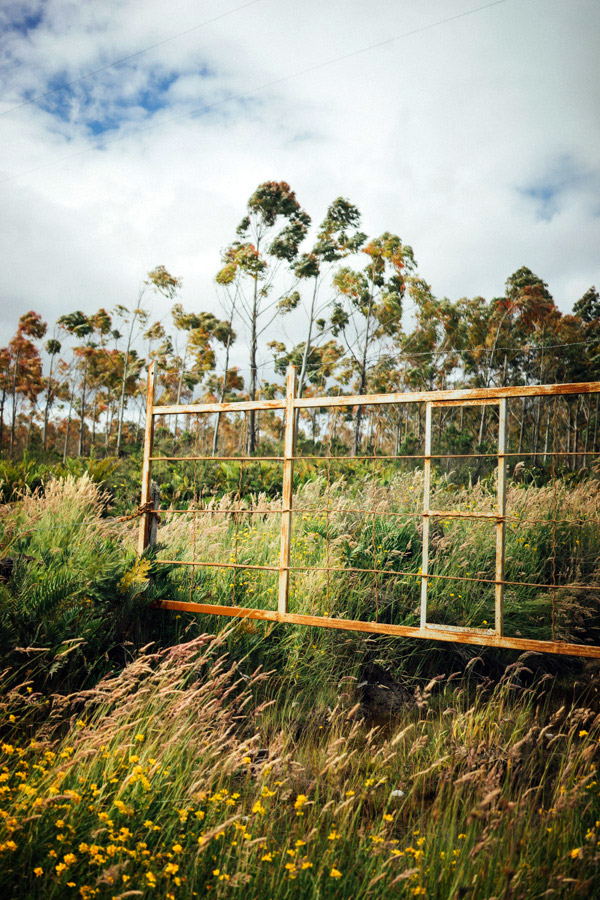
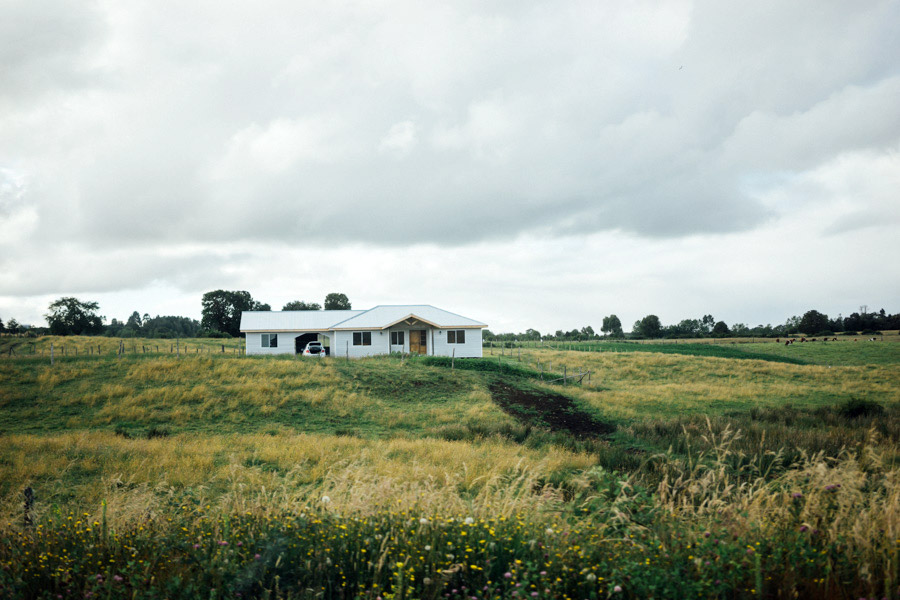
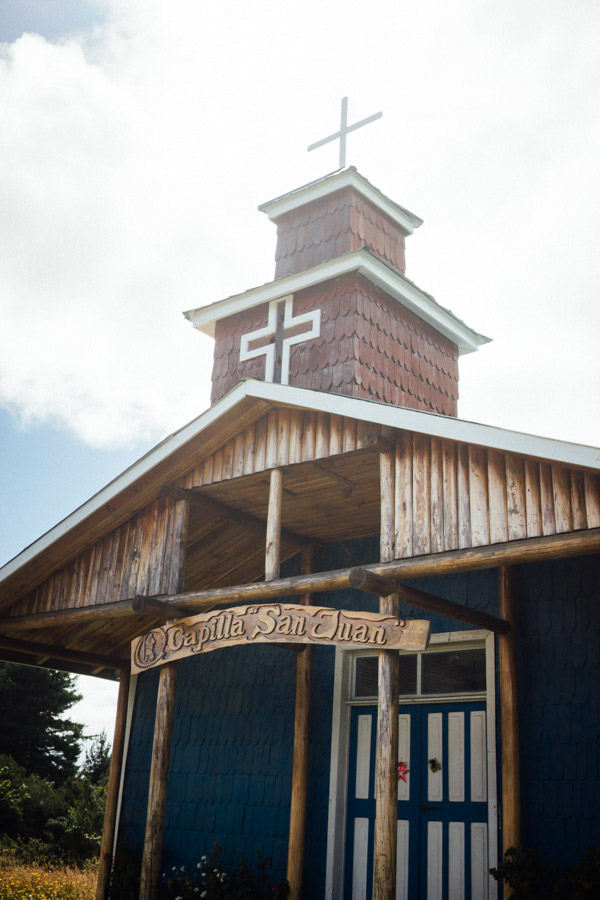
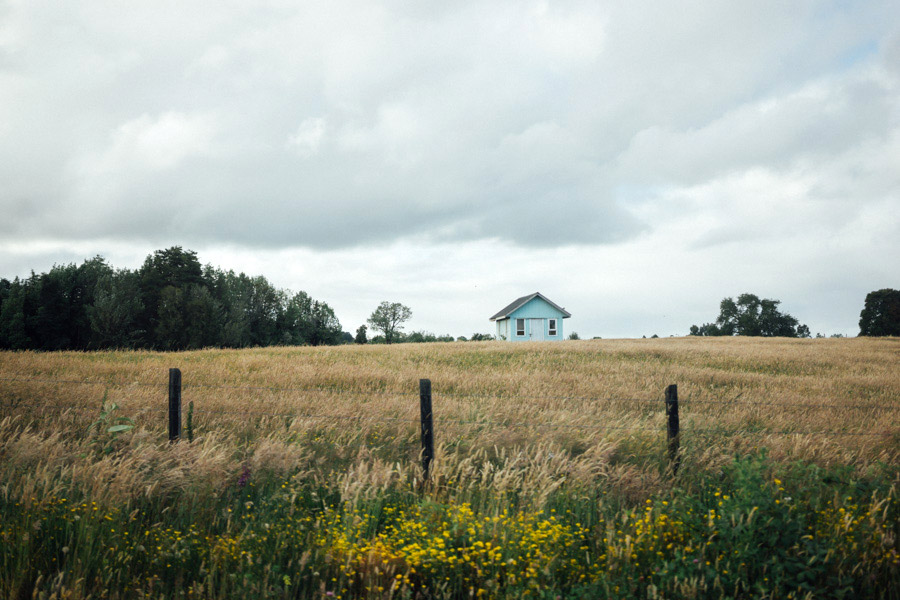

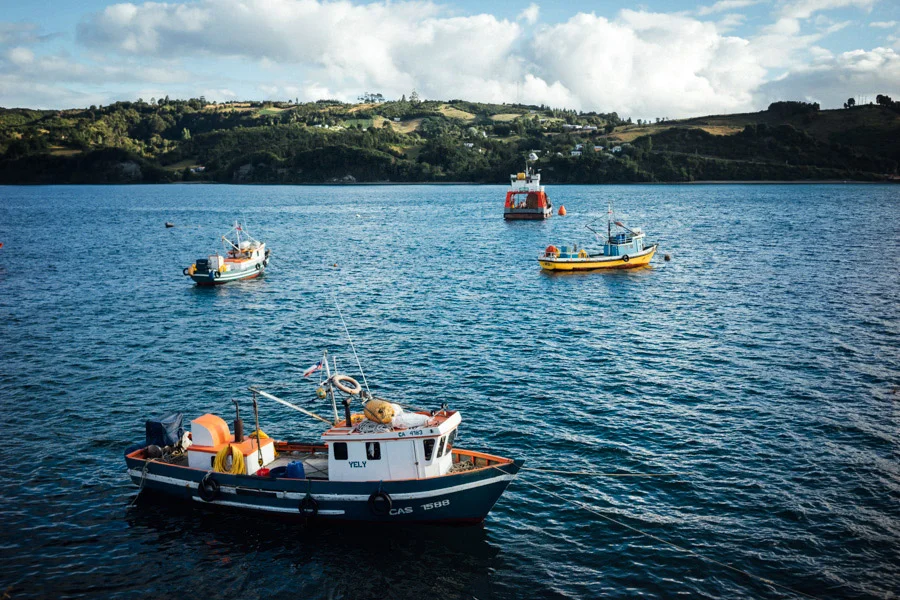
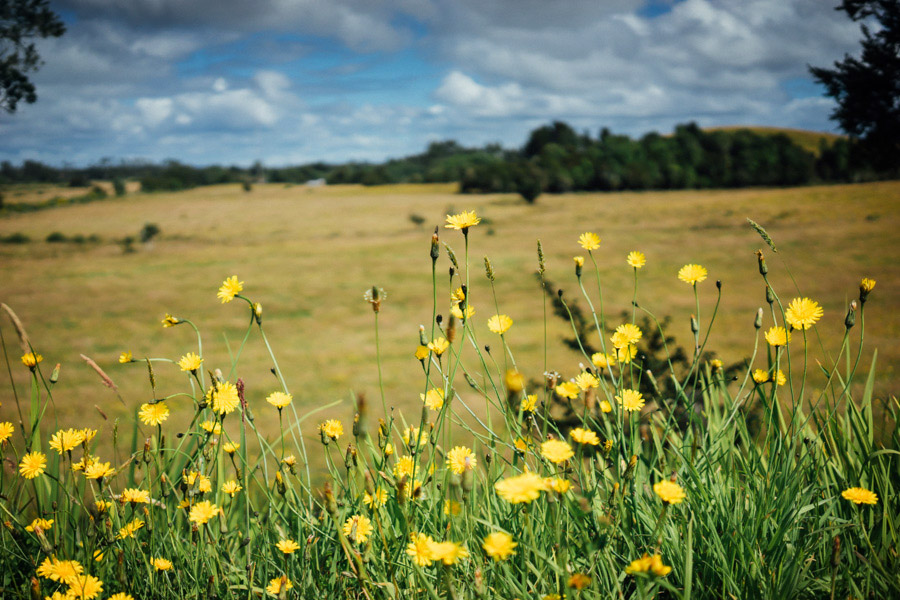
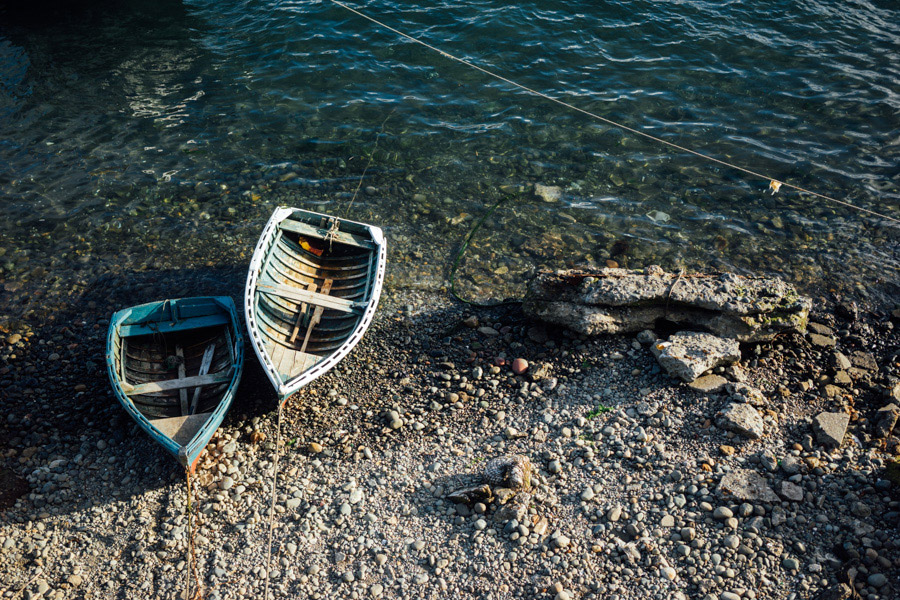
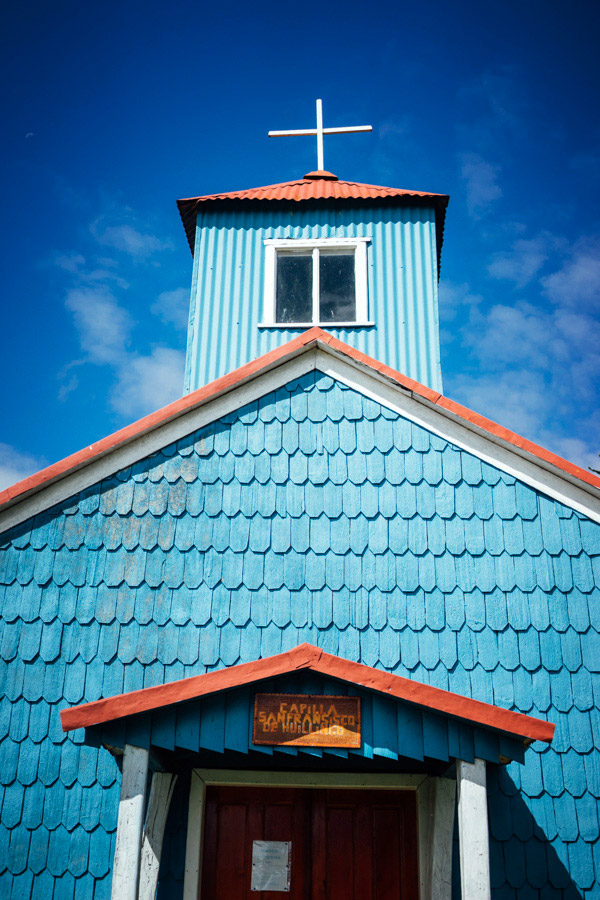
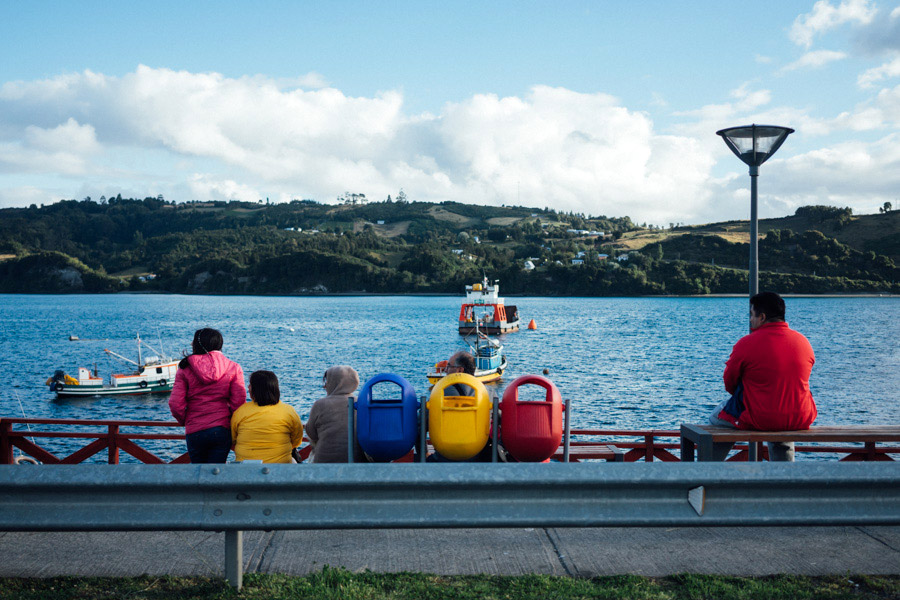
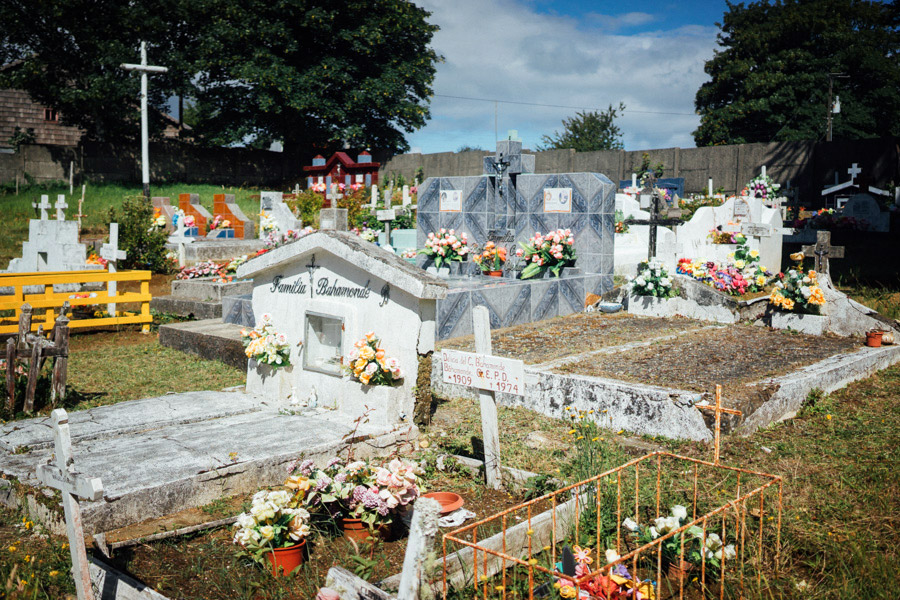
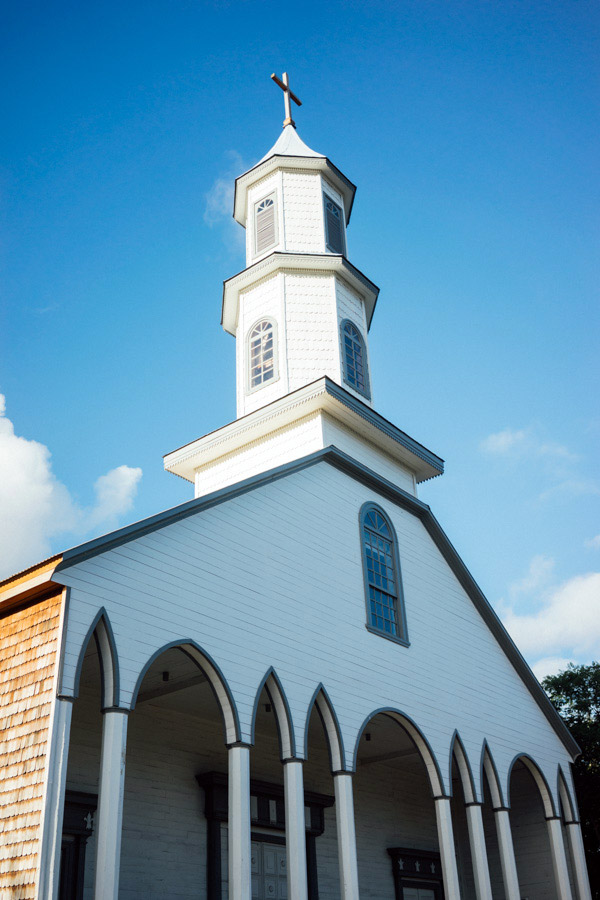
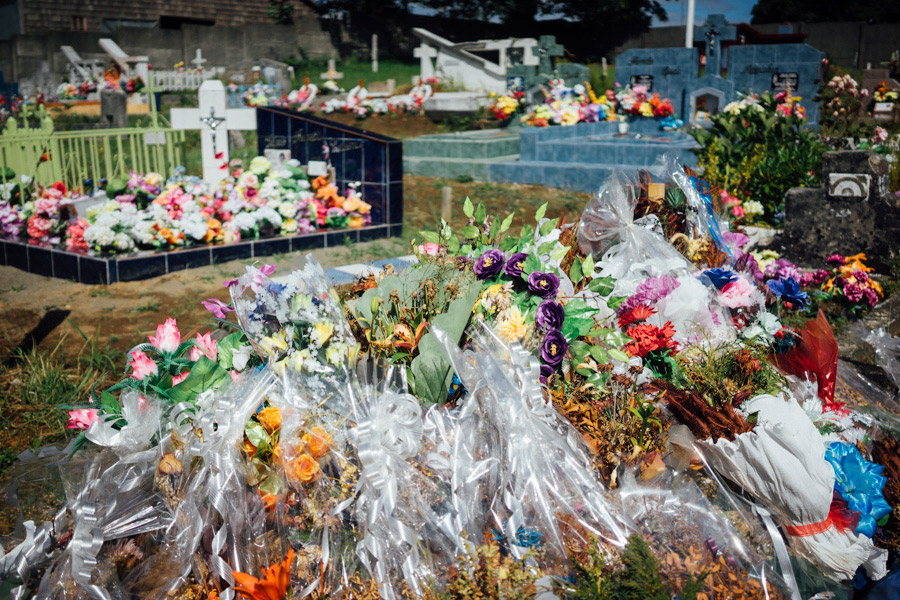
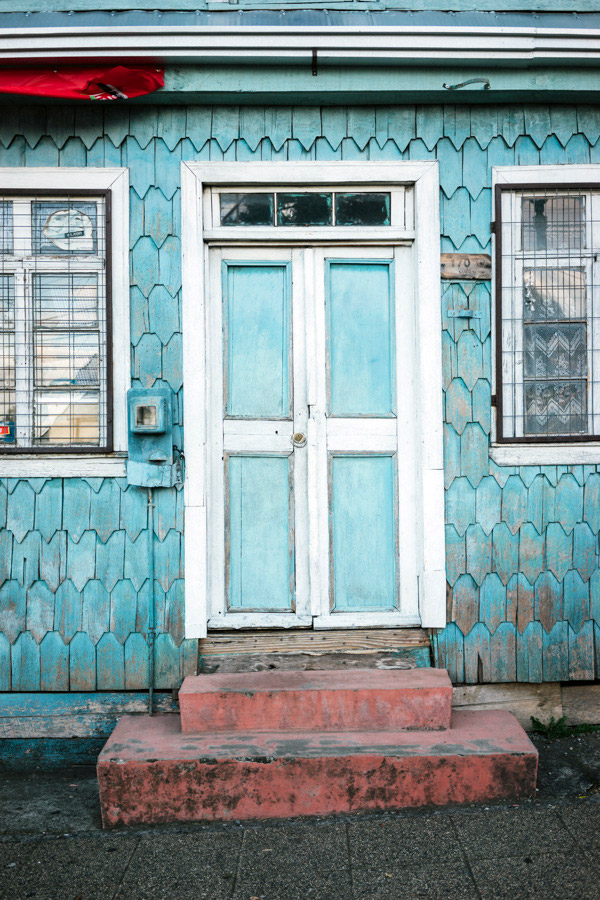
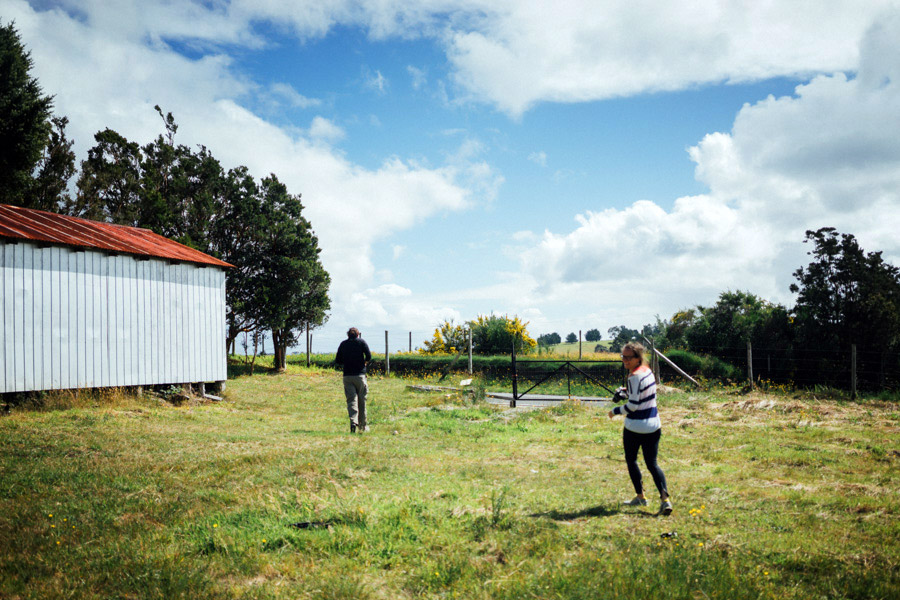


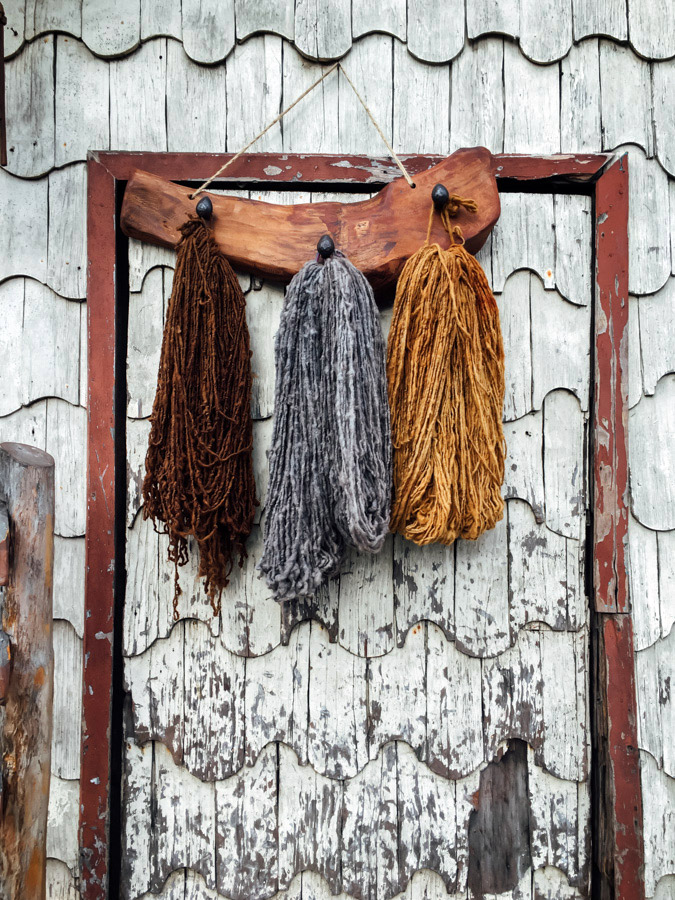
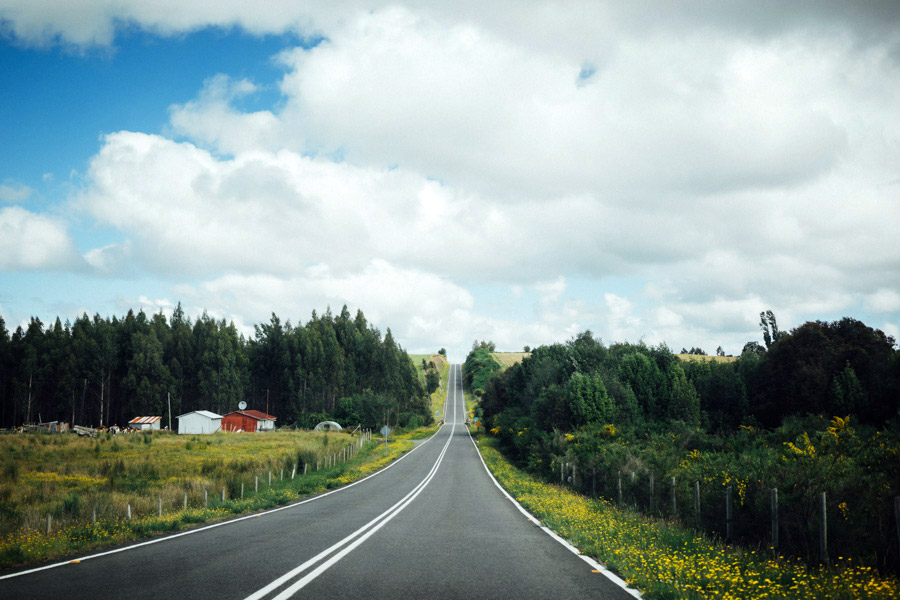

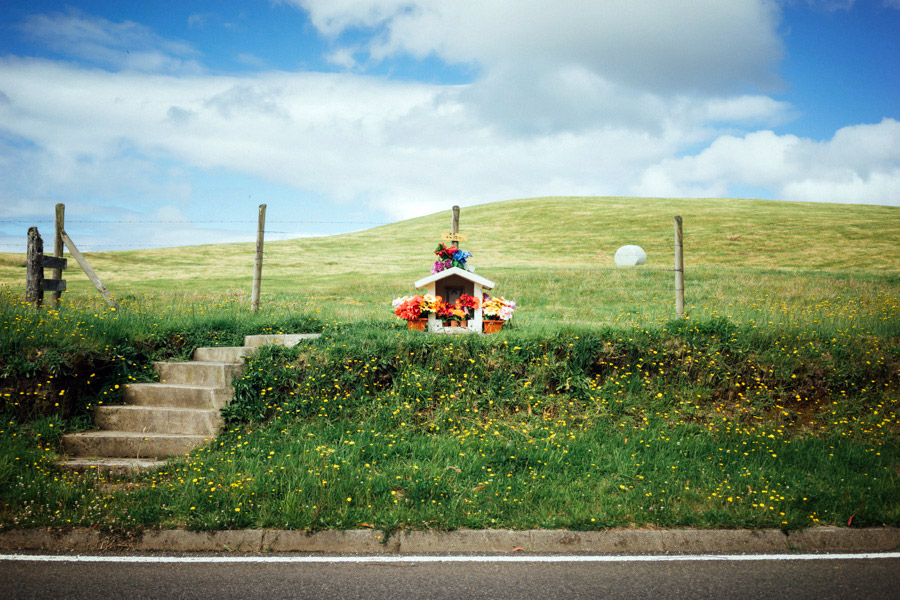
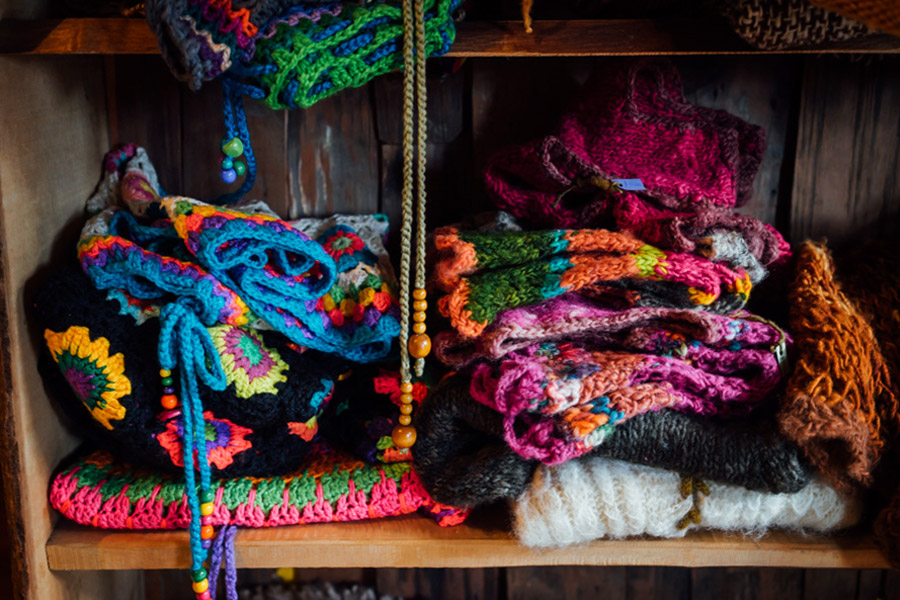
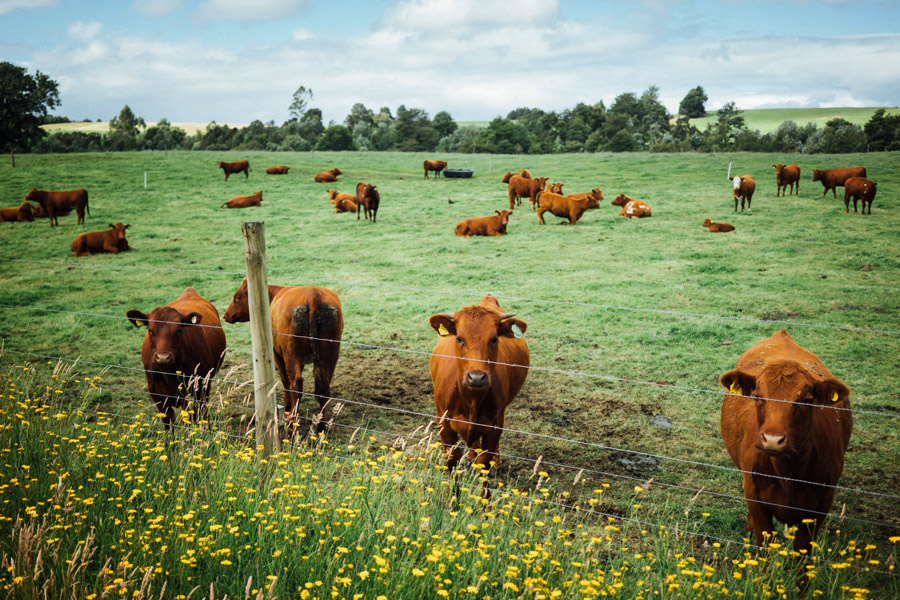
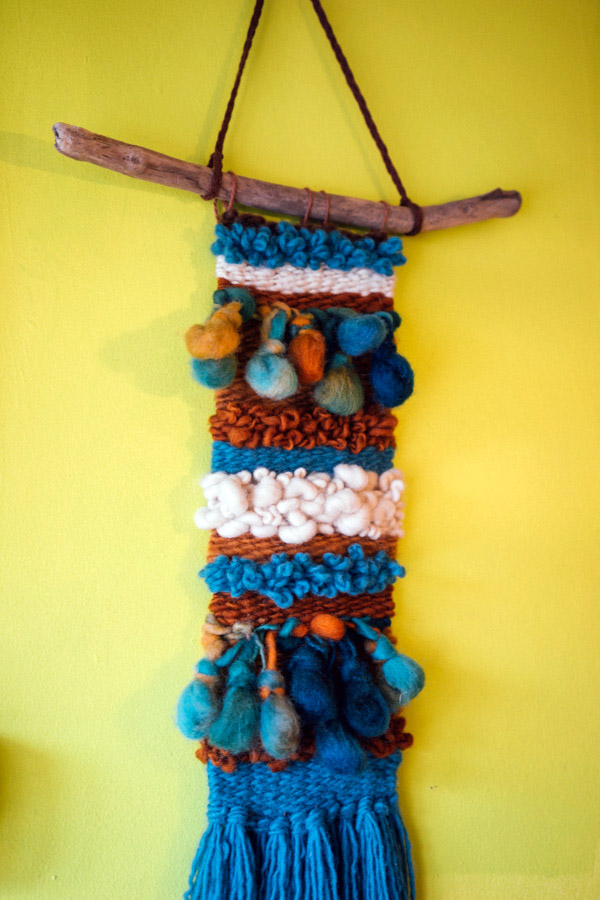
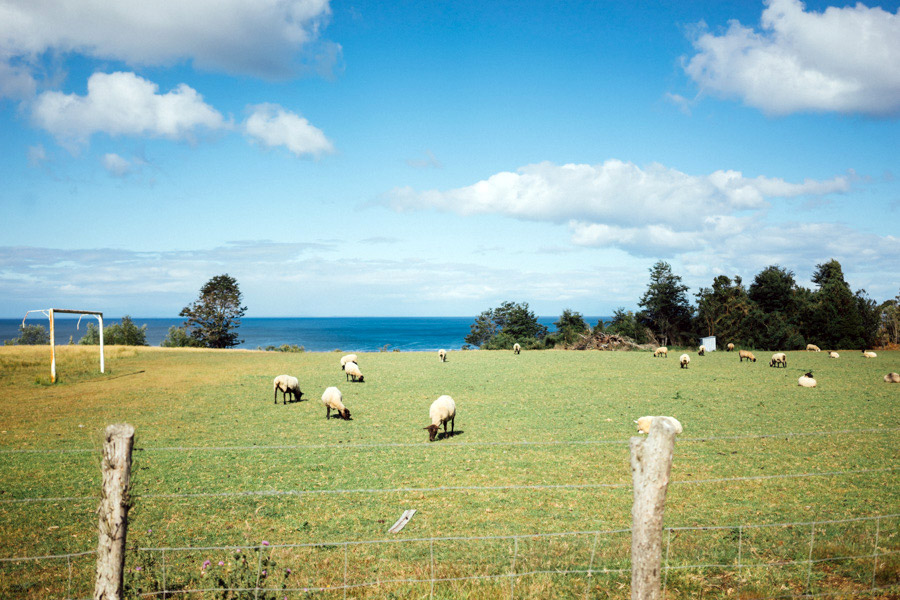

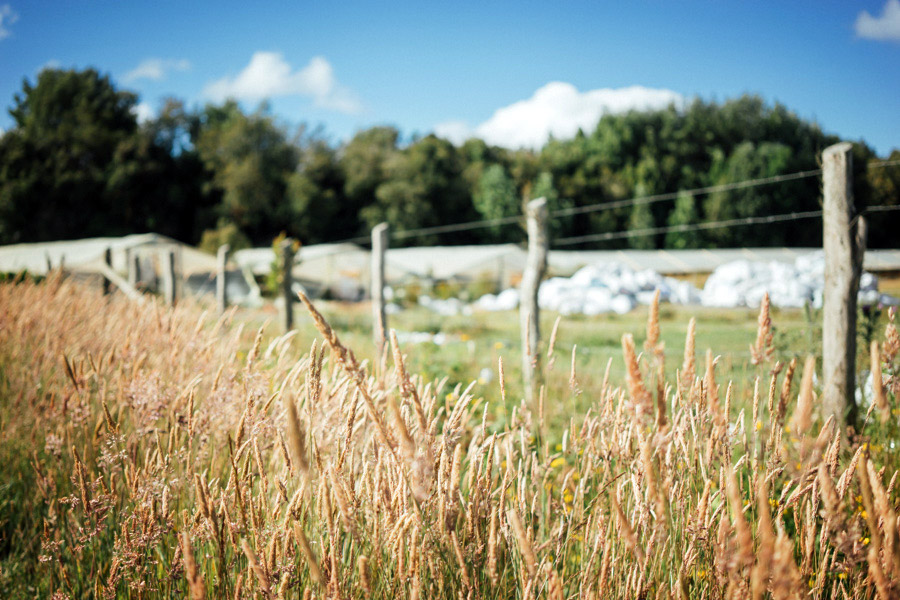
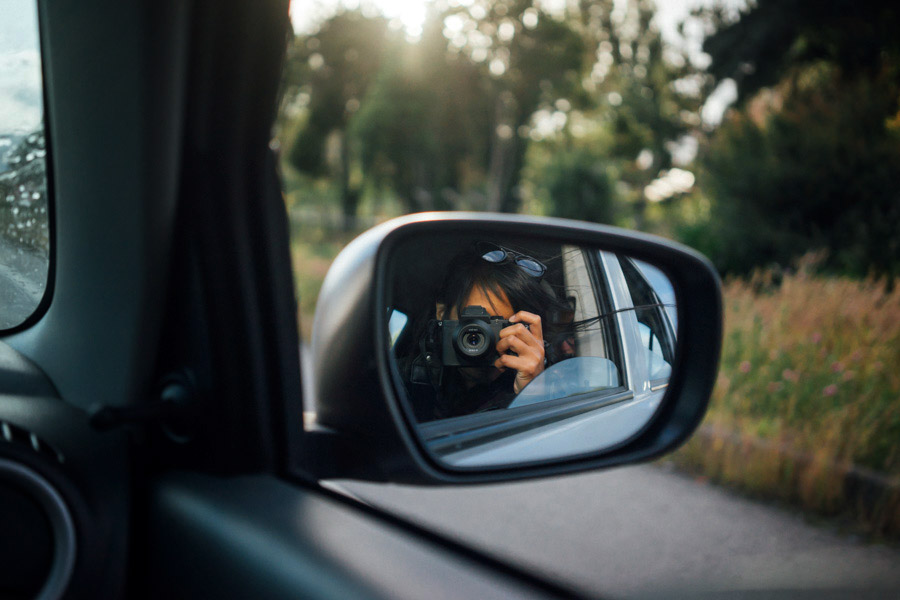

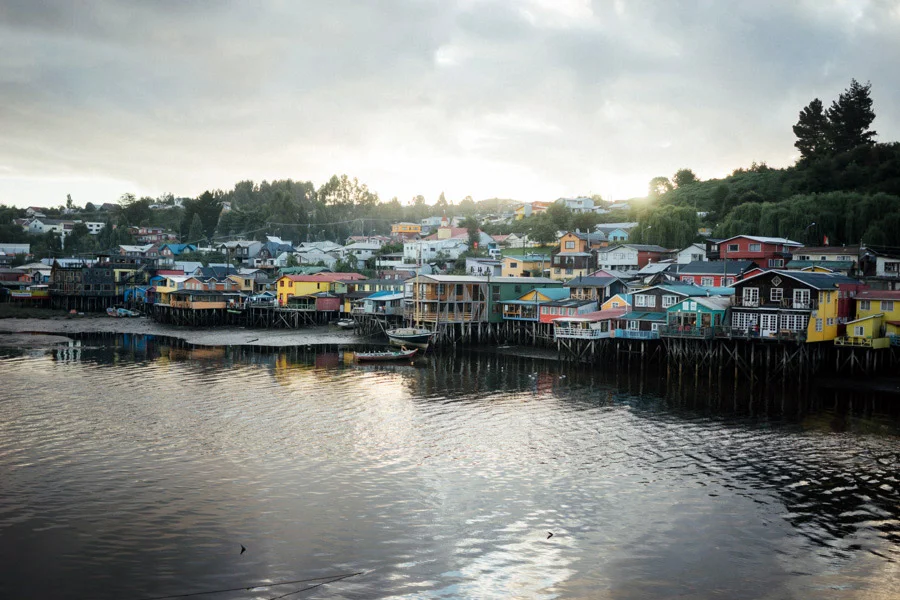
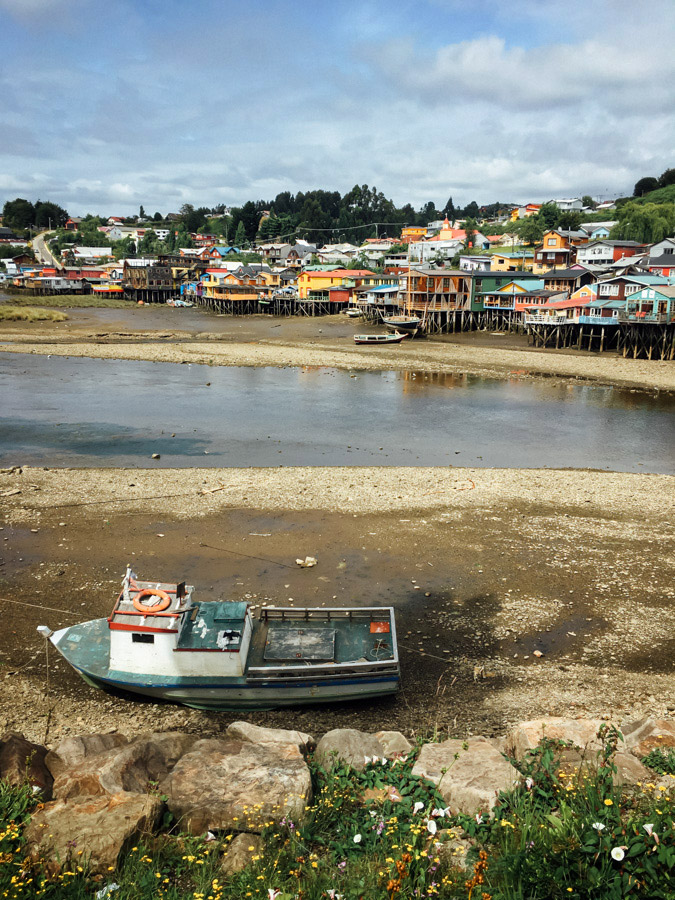
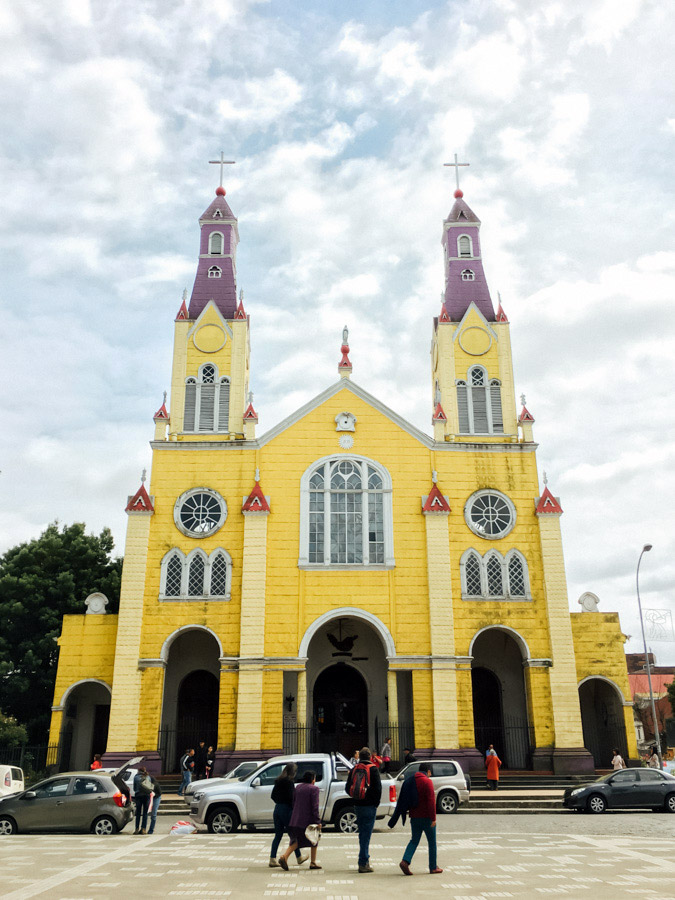


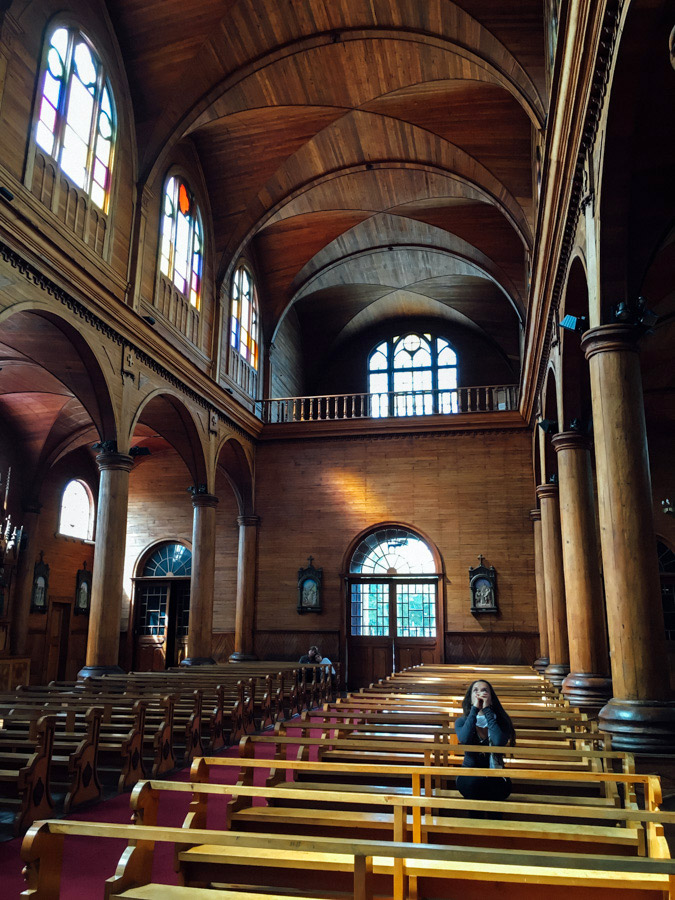
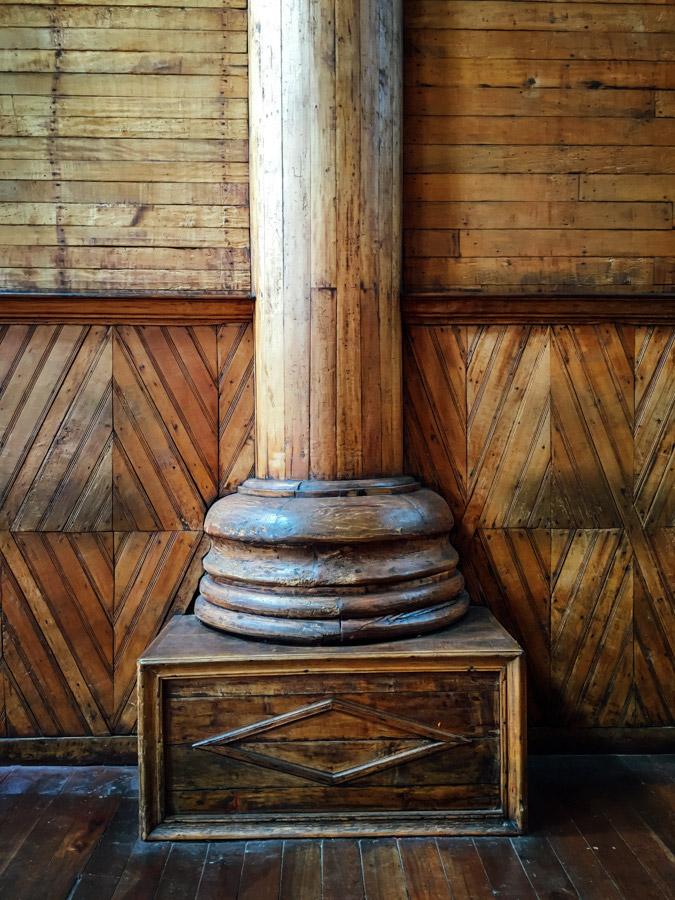


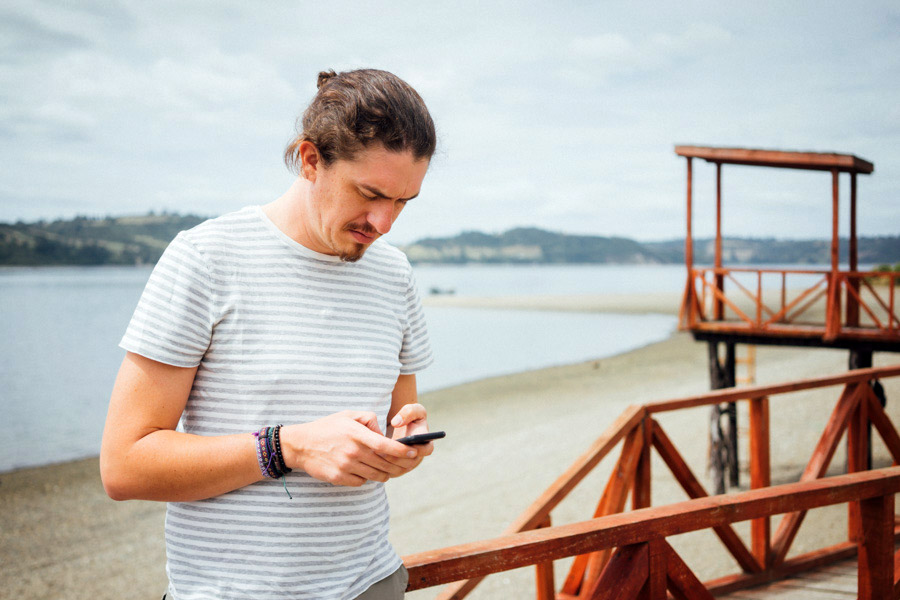
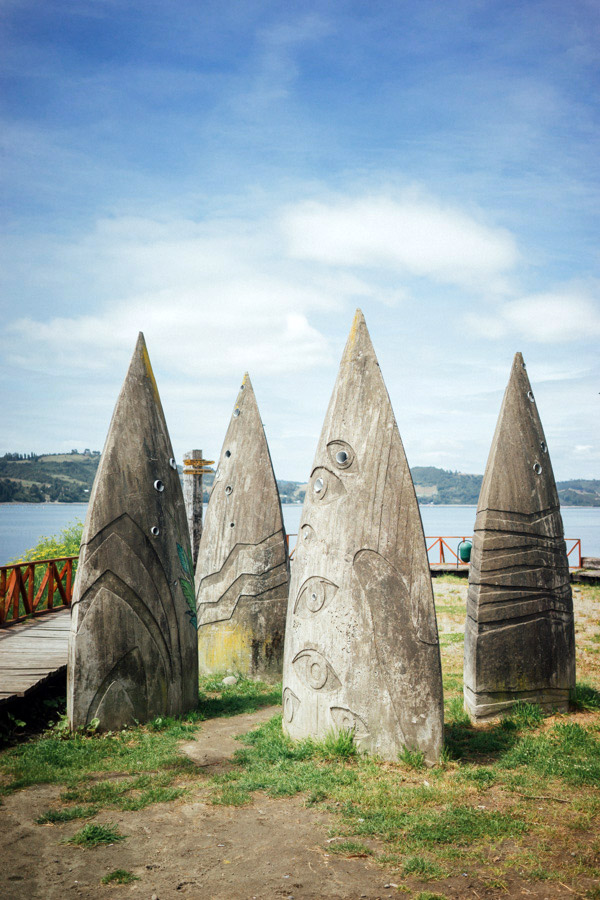


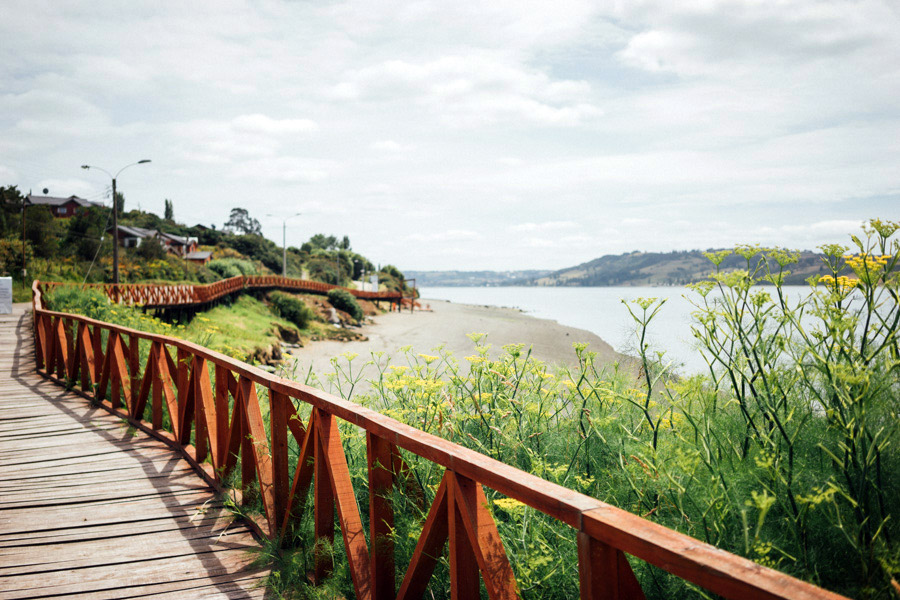

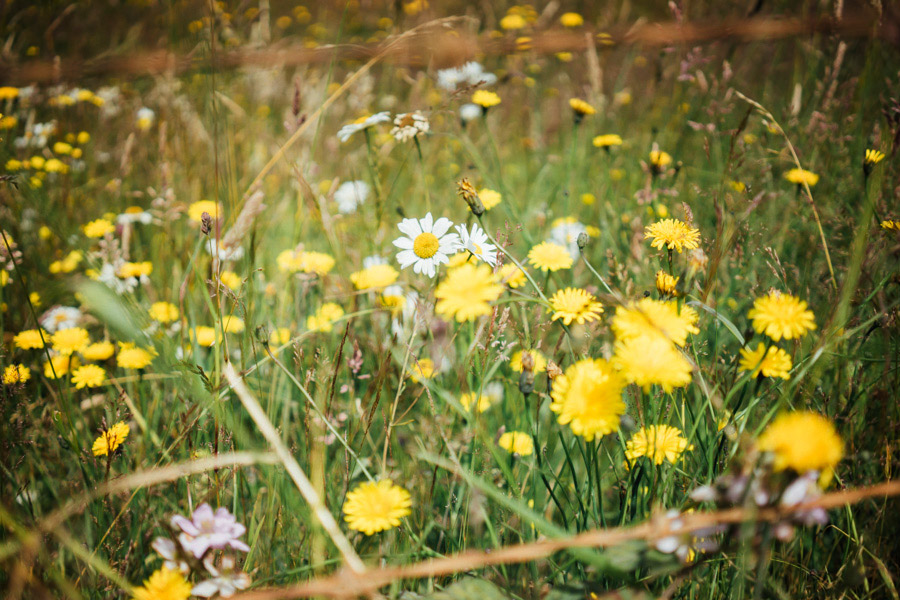
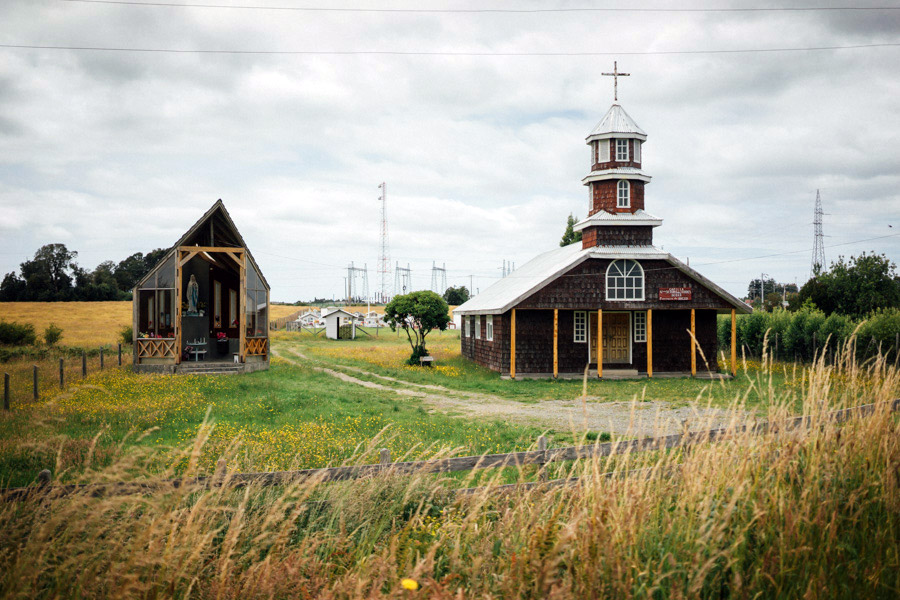
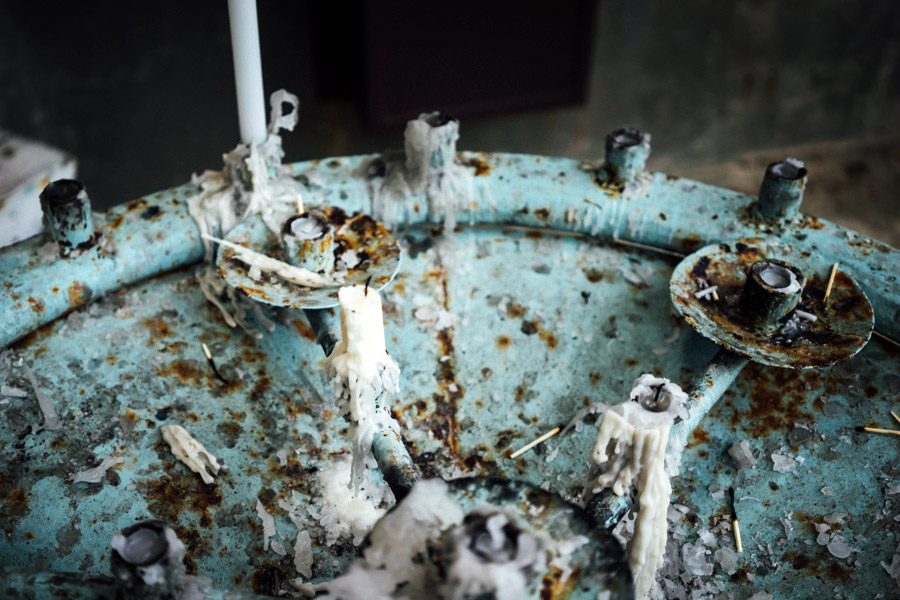
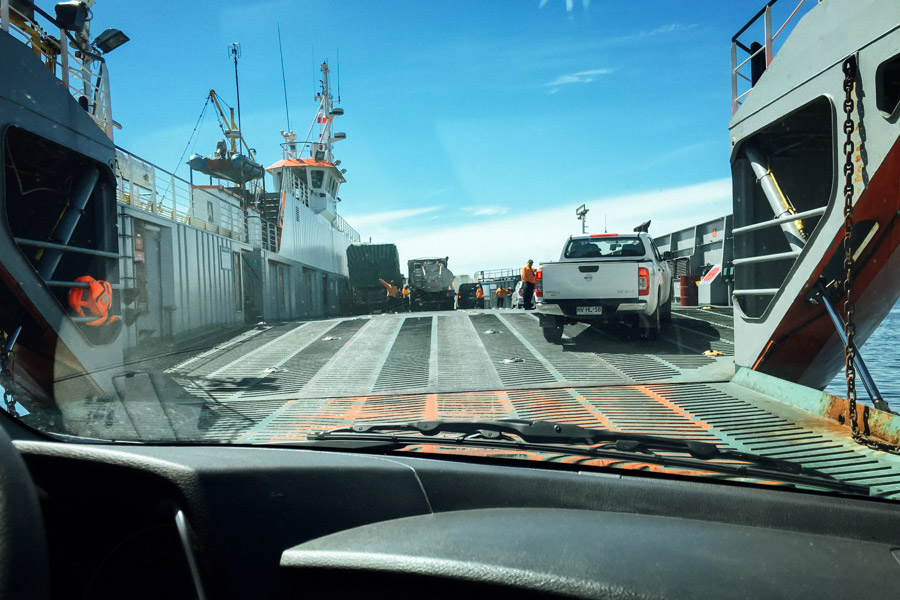


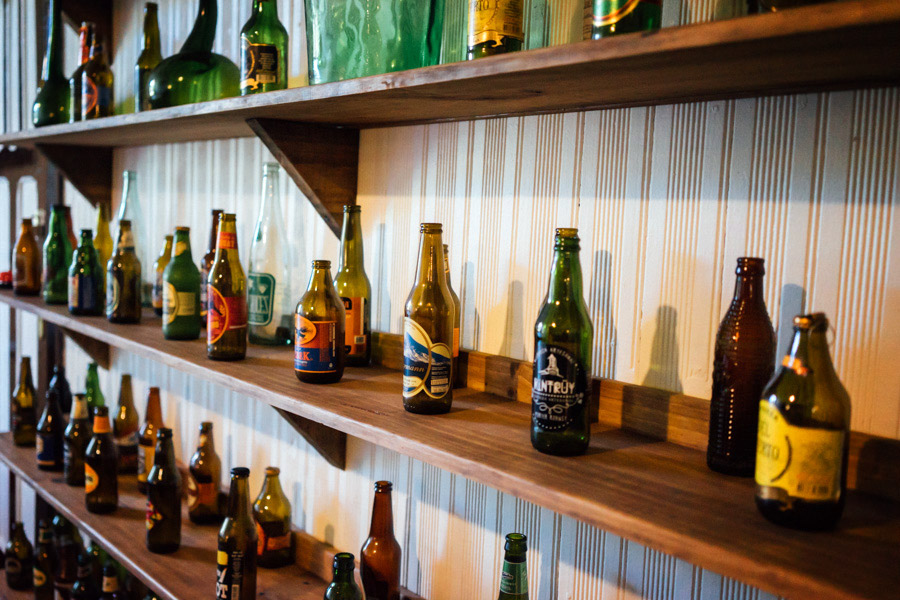
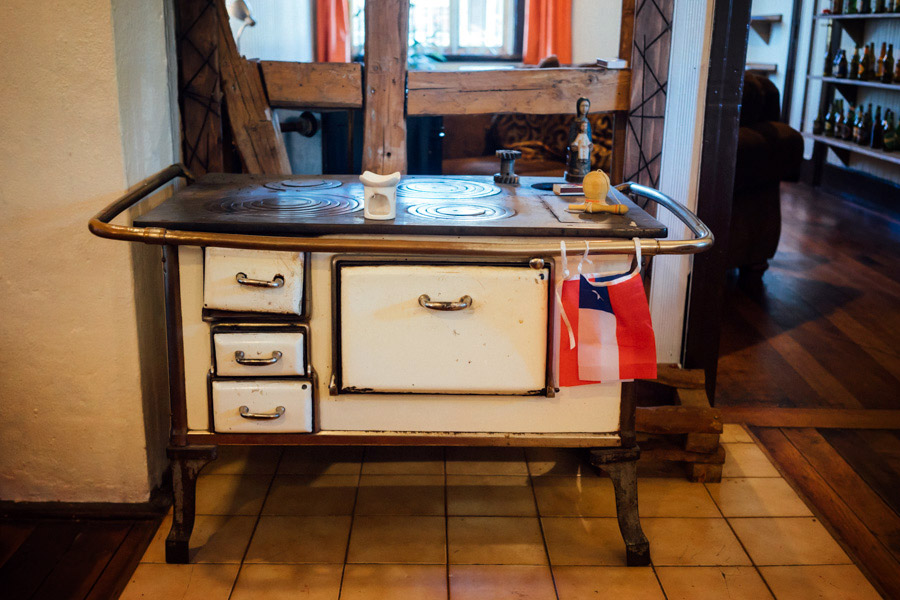
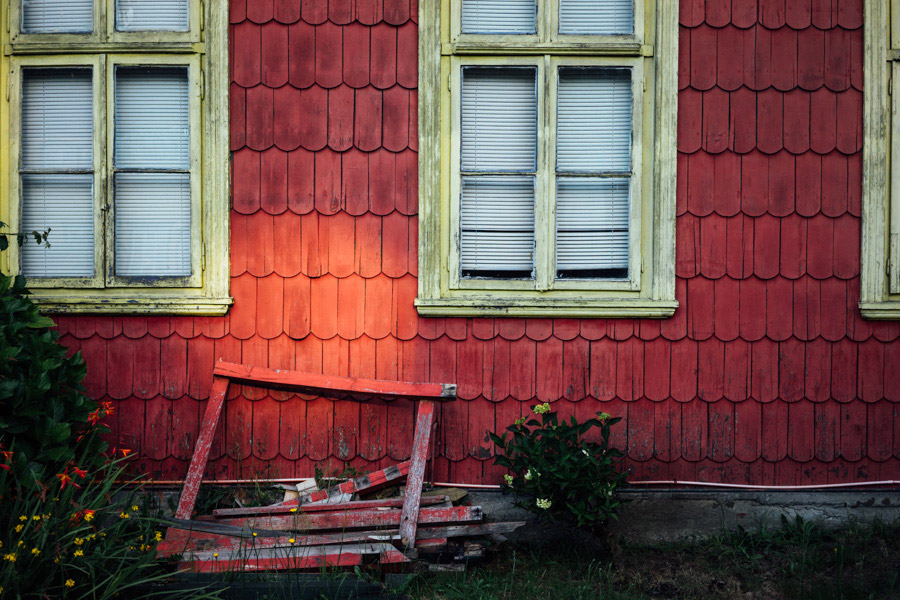
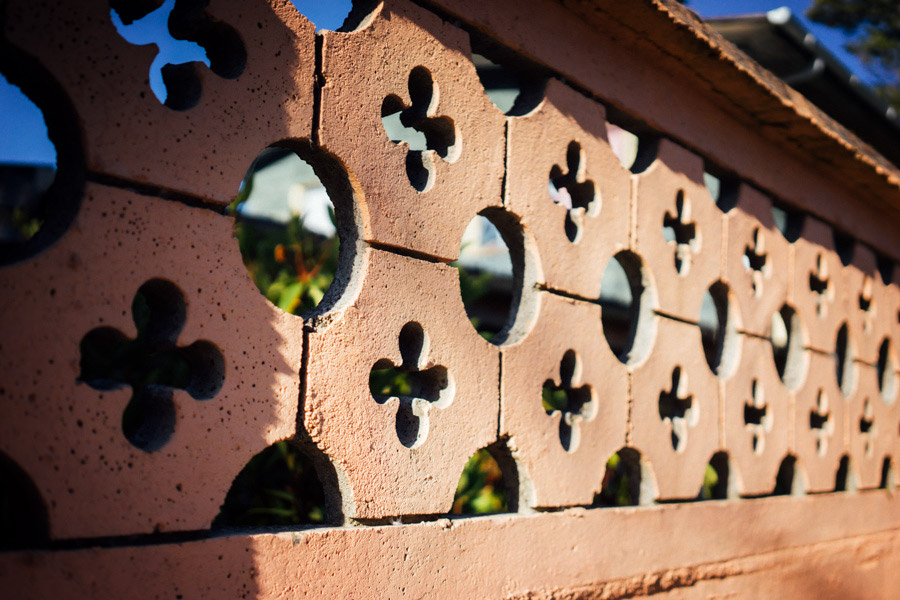
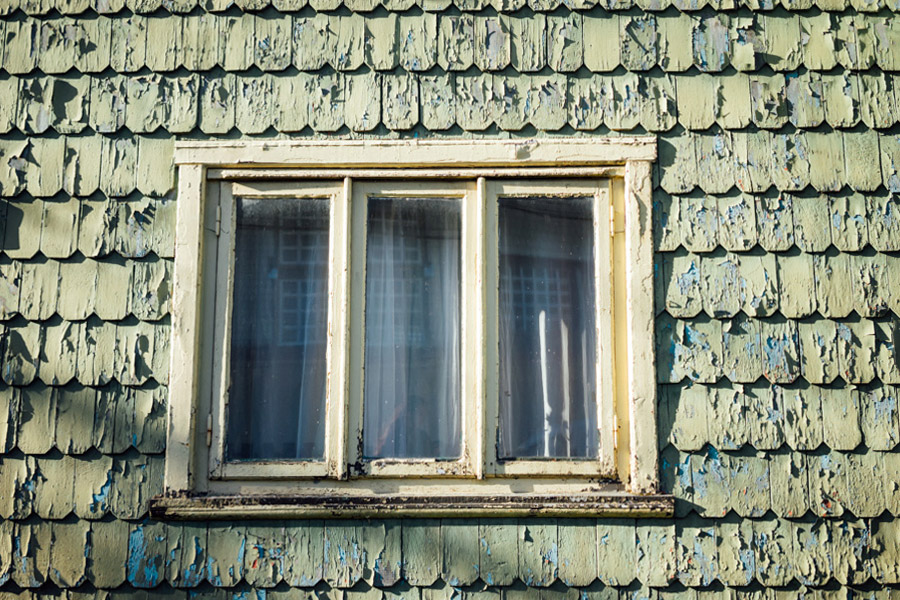
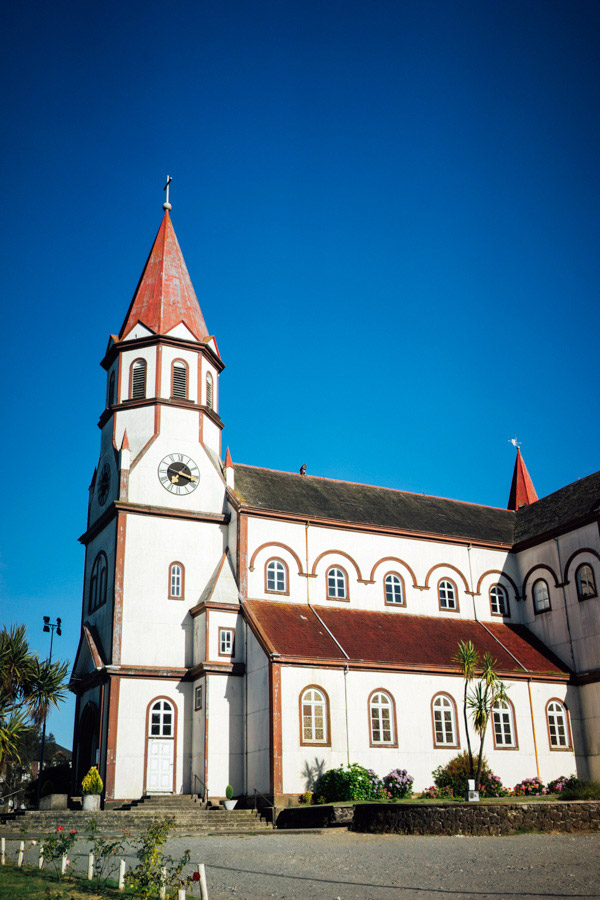
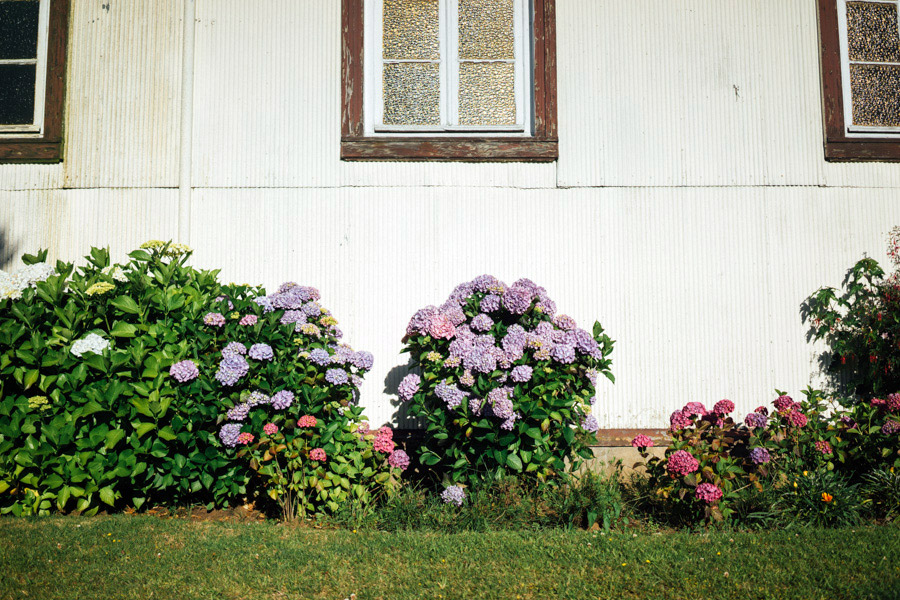





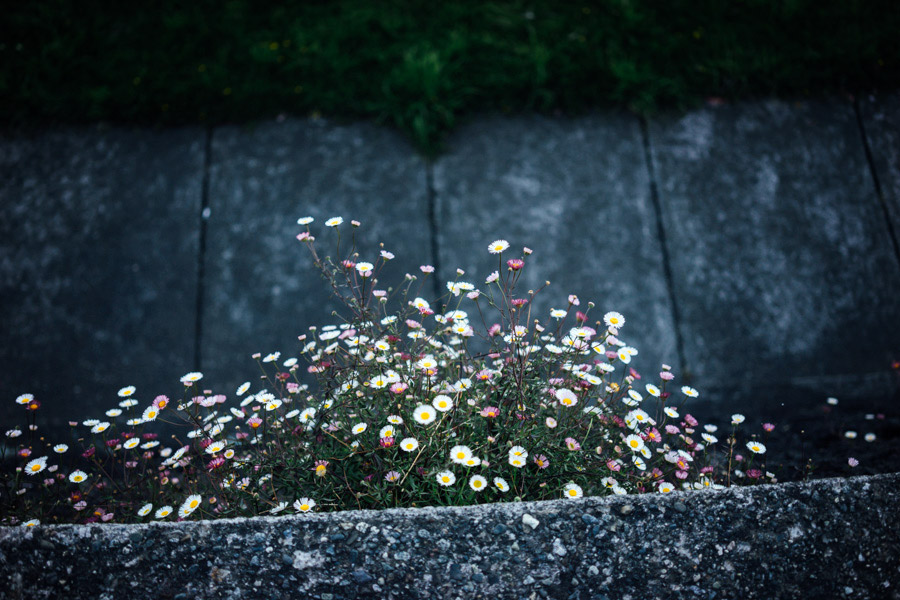
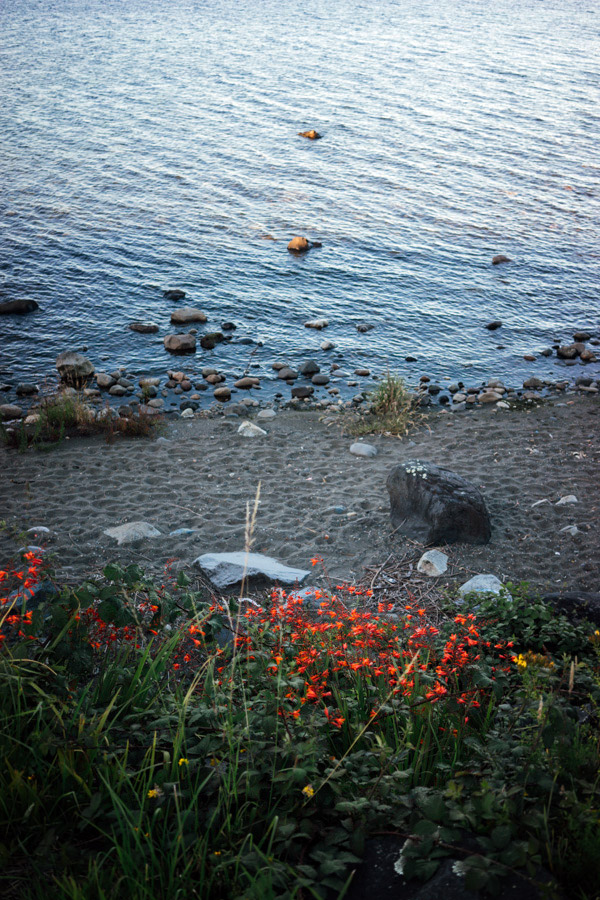



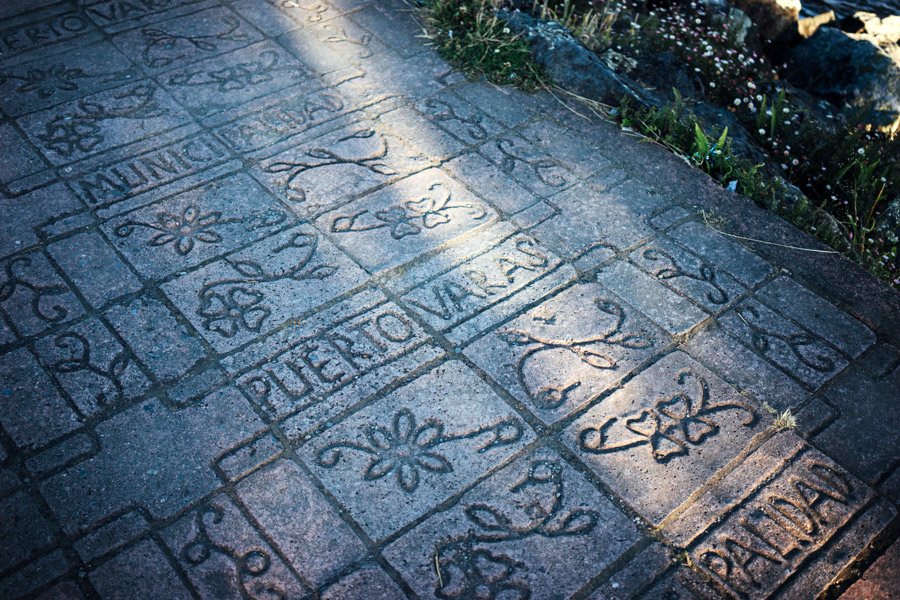
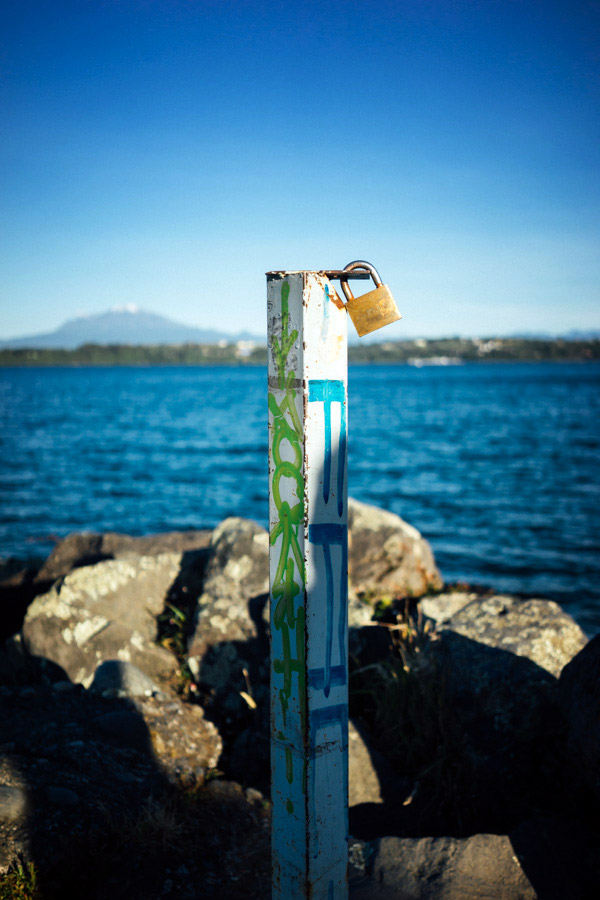

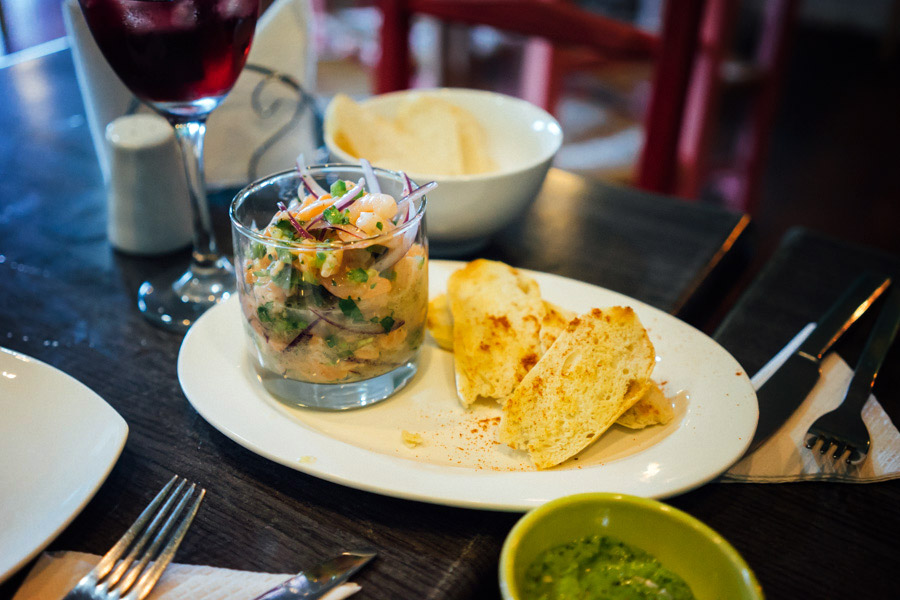
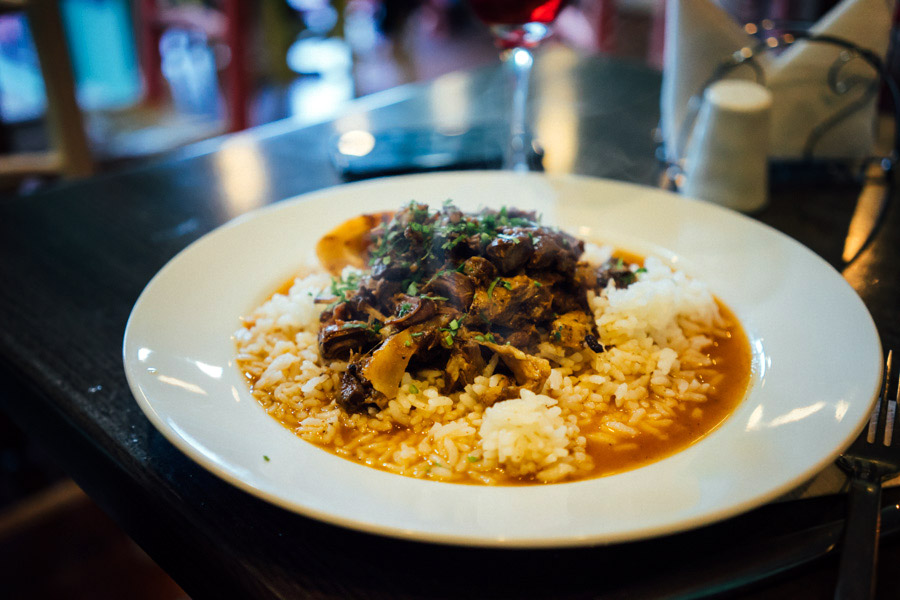
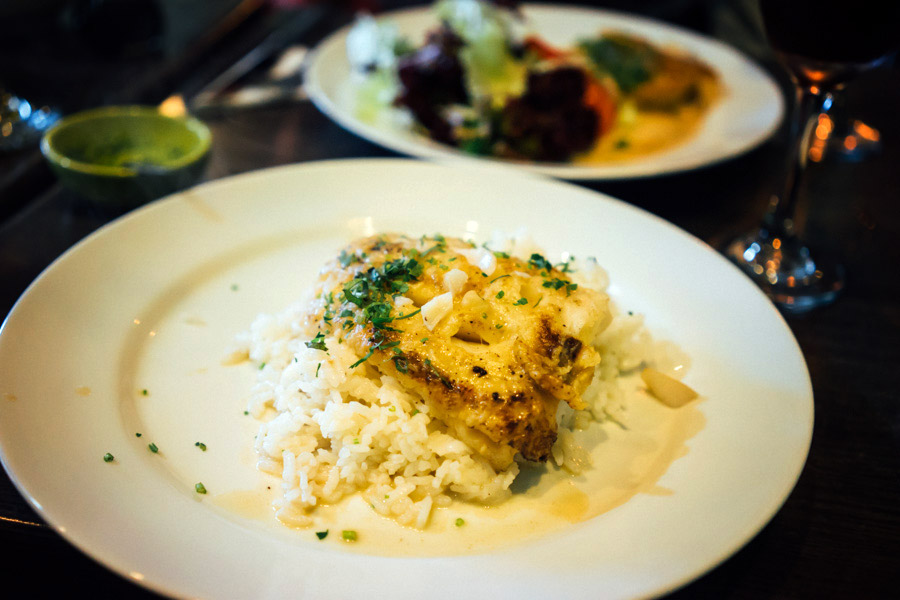
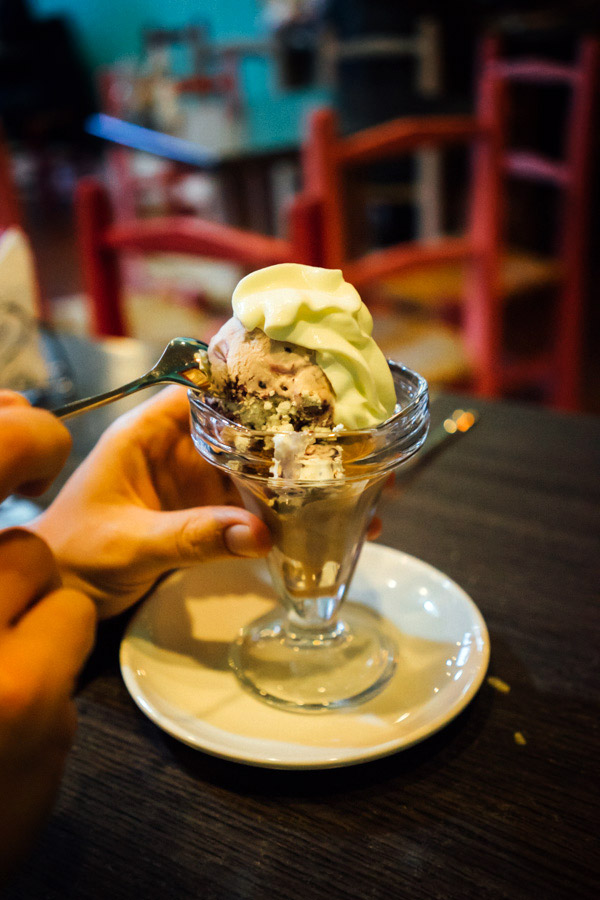
Links & Tips
We chose to visit Chiloé Island since it is off the beaten path and looked like a perfect places for slow travel.
- Follow the wooden church road: Churches of Chiloé.
- We enjoyed Club Social Baquedano in Ancud for their ceviche, fish soup, and beer selection. This is the second most populous town, but it still has a very small feel. Be sure to stop by the local market and the museum and artist workshop off the main square. The sculptor of the mythical stone works around town might just be working.
- In Castro, visit the most popular church on the iglesia circuit (the big yellow Church of San Francisco), and restaurant Pomodoro for a bit of comfort food: pasta and wine. Passing through Llau-Llao check out Puntilla Ten Ten for wooden artwork and the perfect boardwalk to do yoga.
- There is also a penguin colony in Puñihuil that we did not have time to see, as well as recommended trips to the smaller islands on the east side (you have to ask a local fisherman to take you!).
- One of the best things about Chiloé is the free roaming sheep. There are beautiful wool works in every small village shop, so support the local community and take a beautiful handmade sweater or woven tapestry home.














